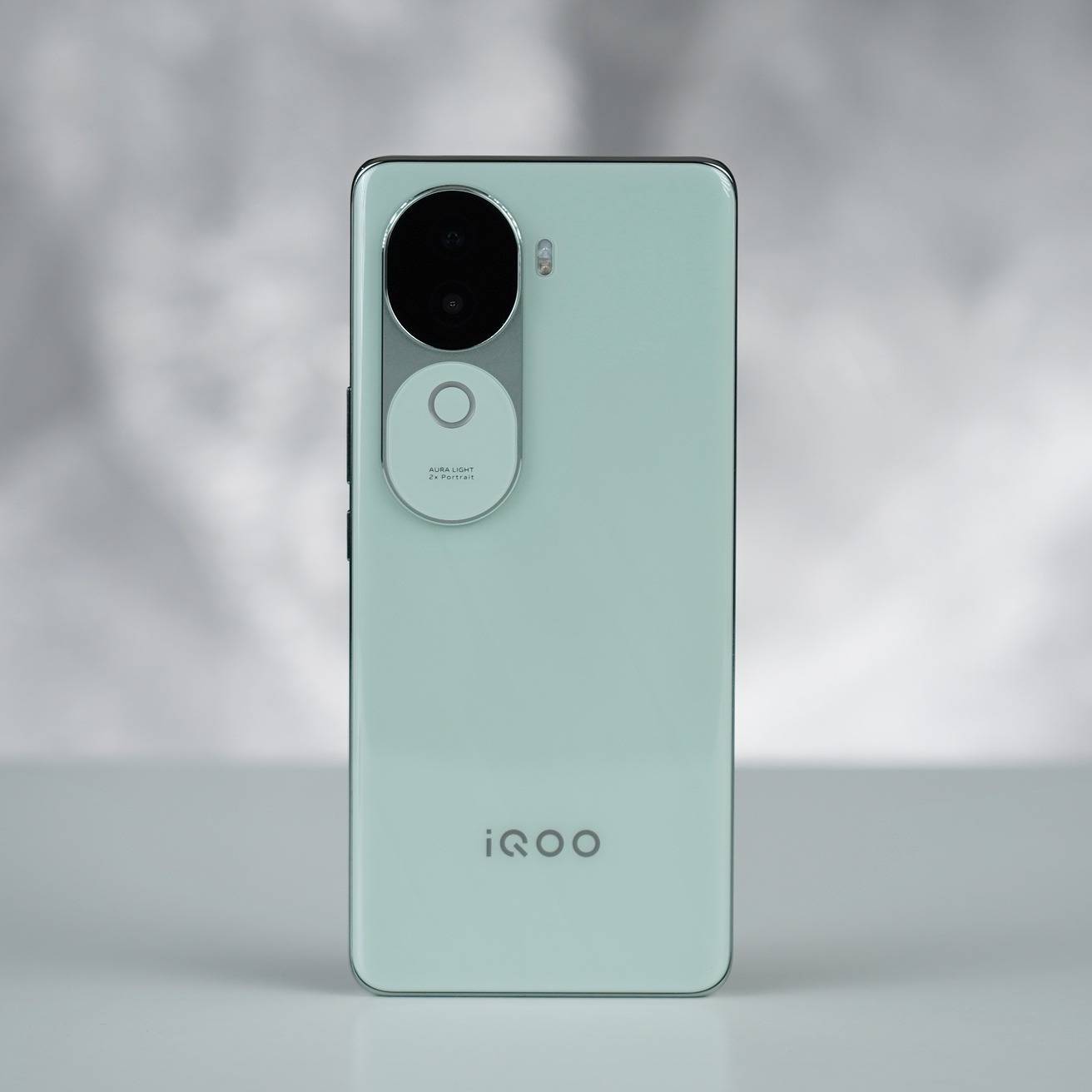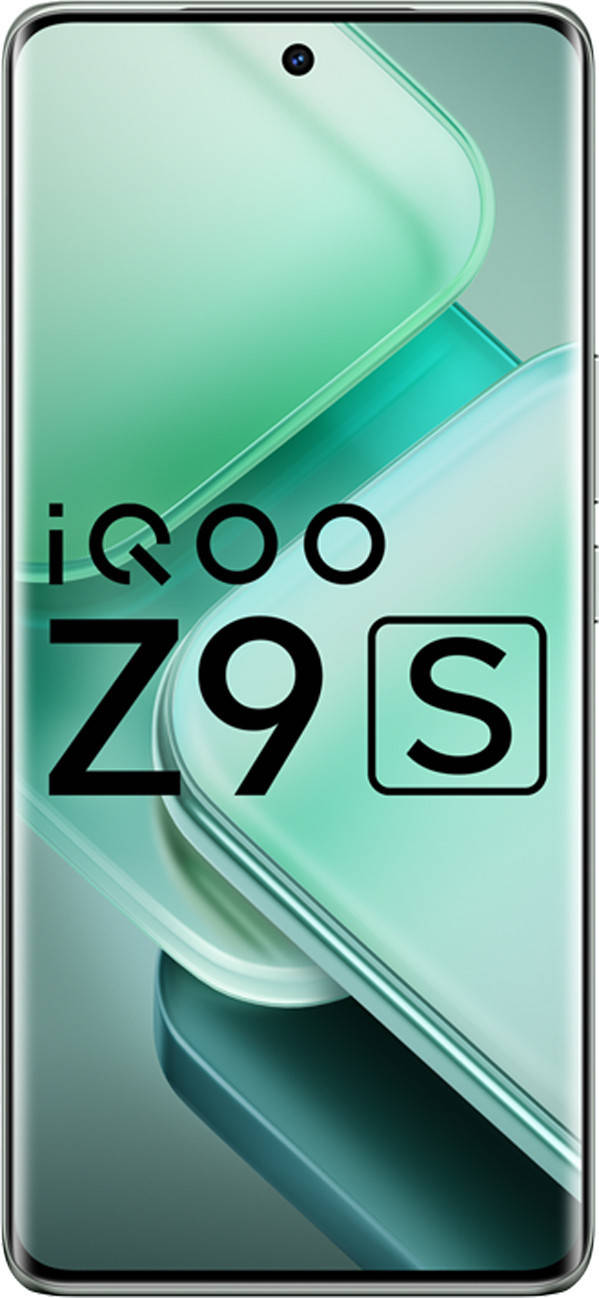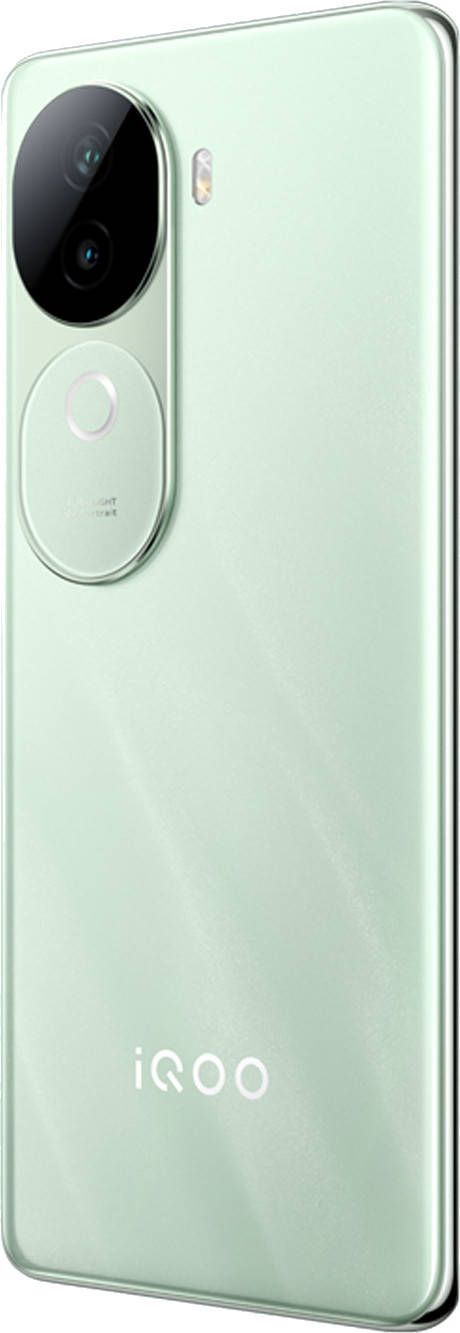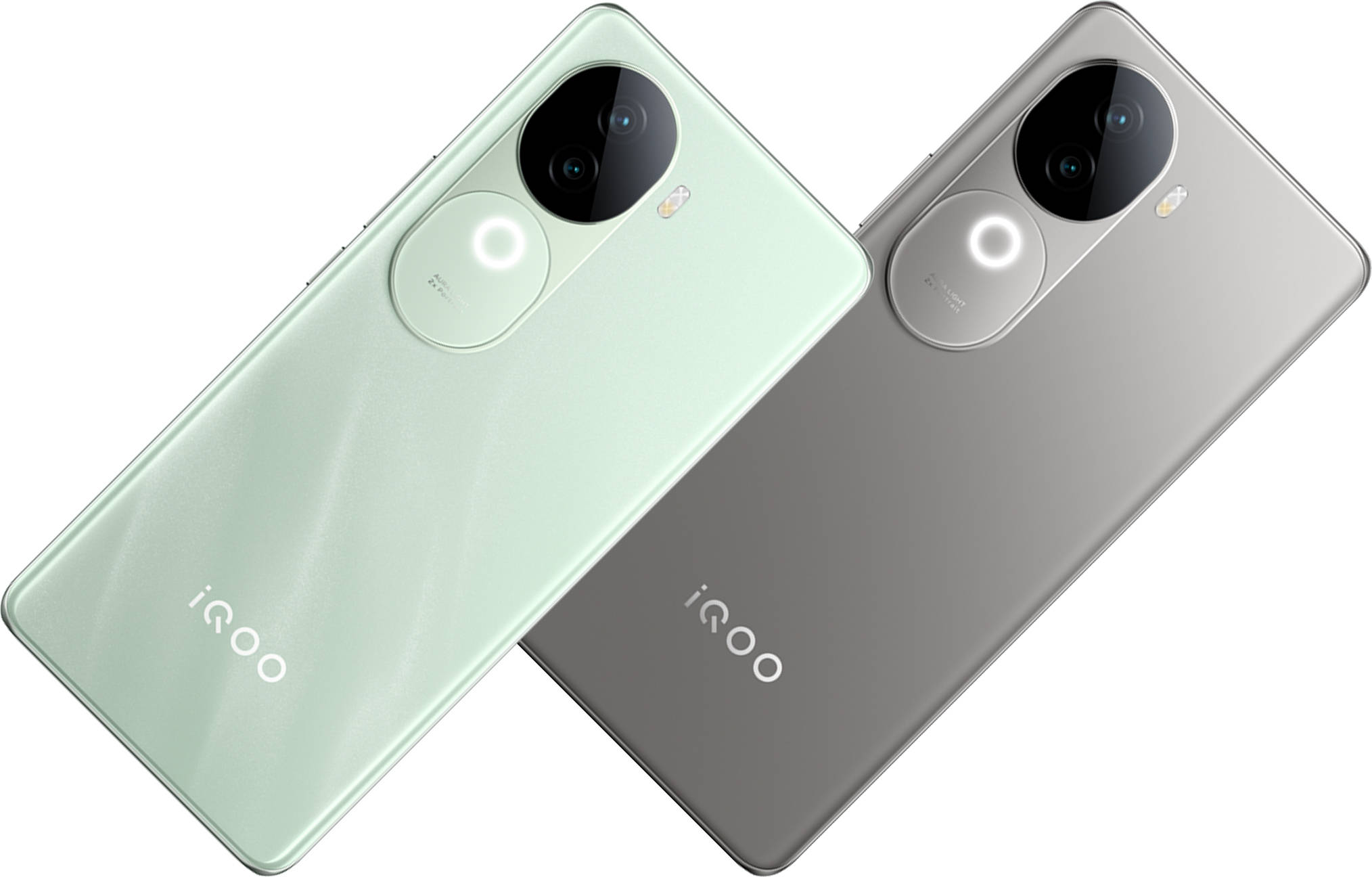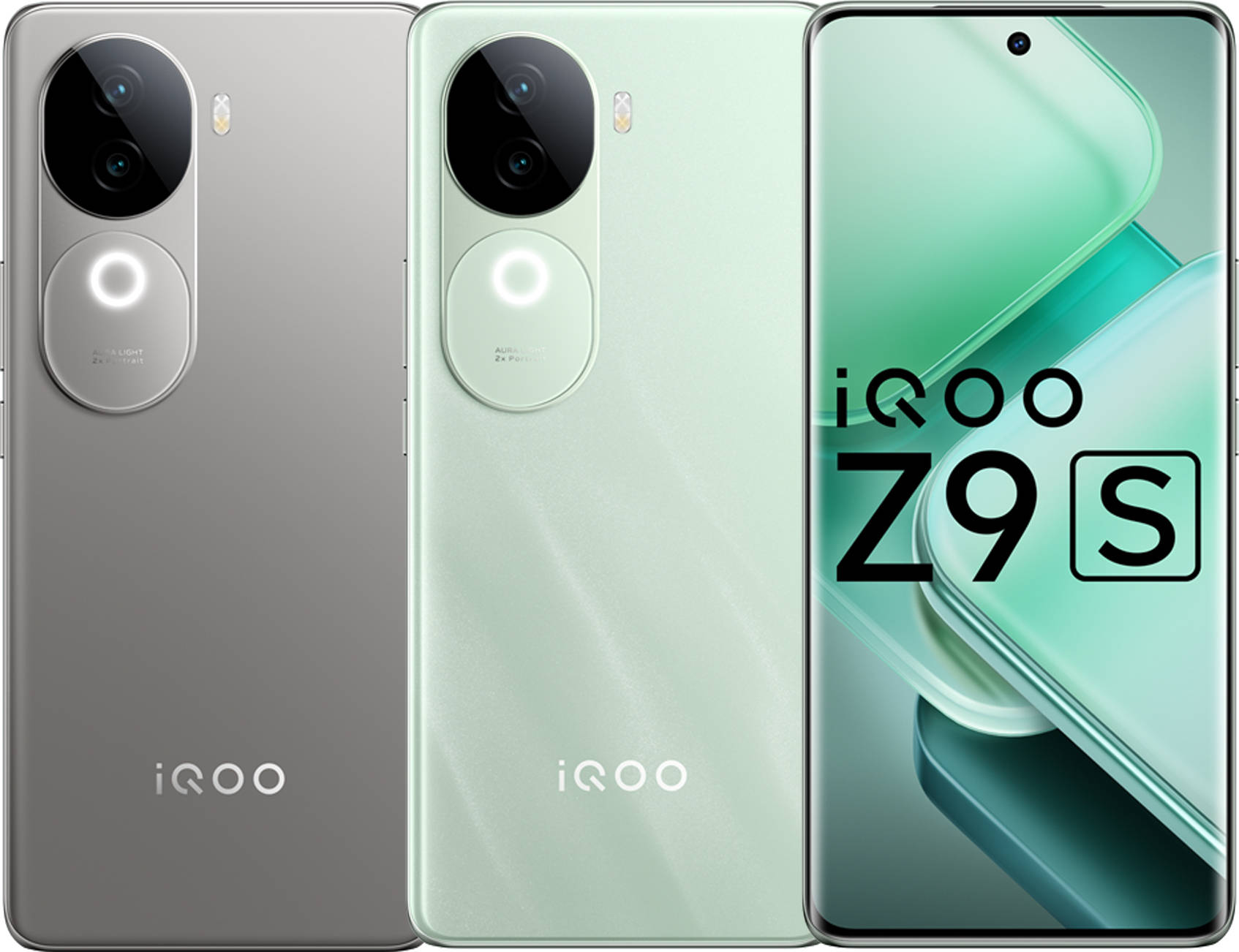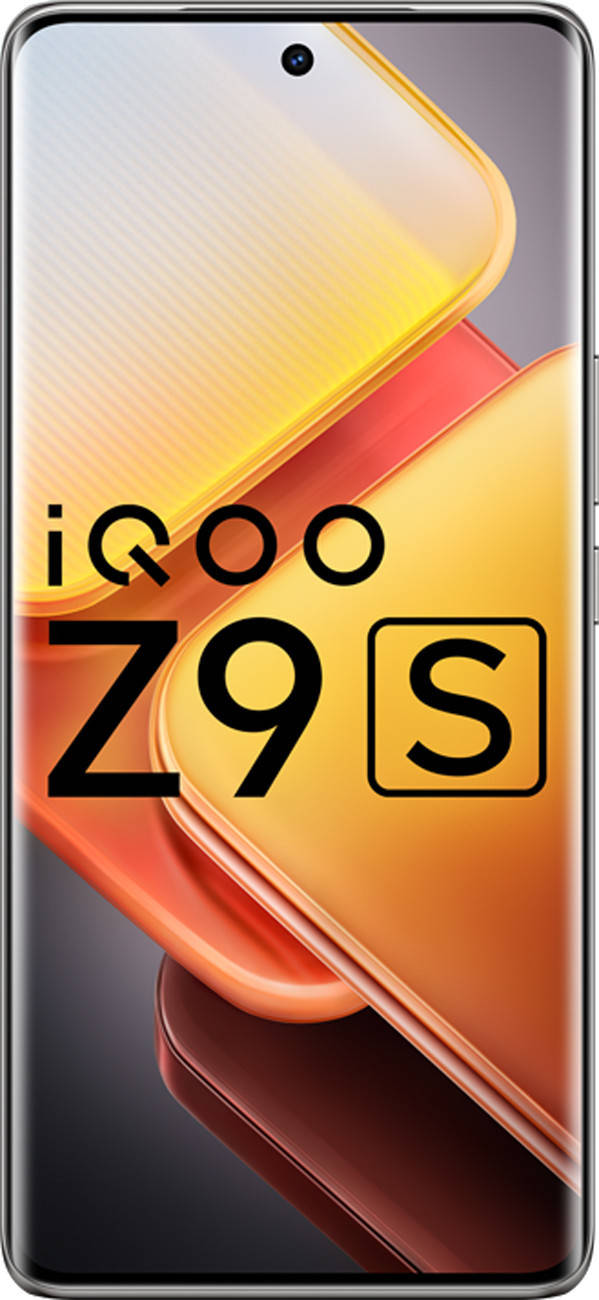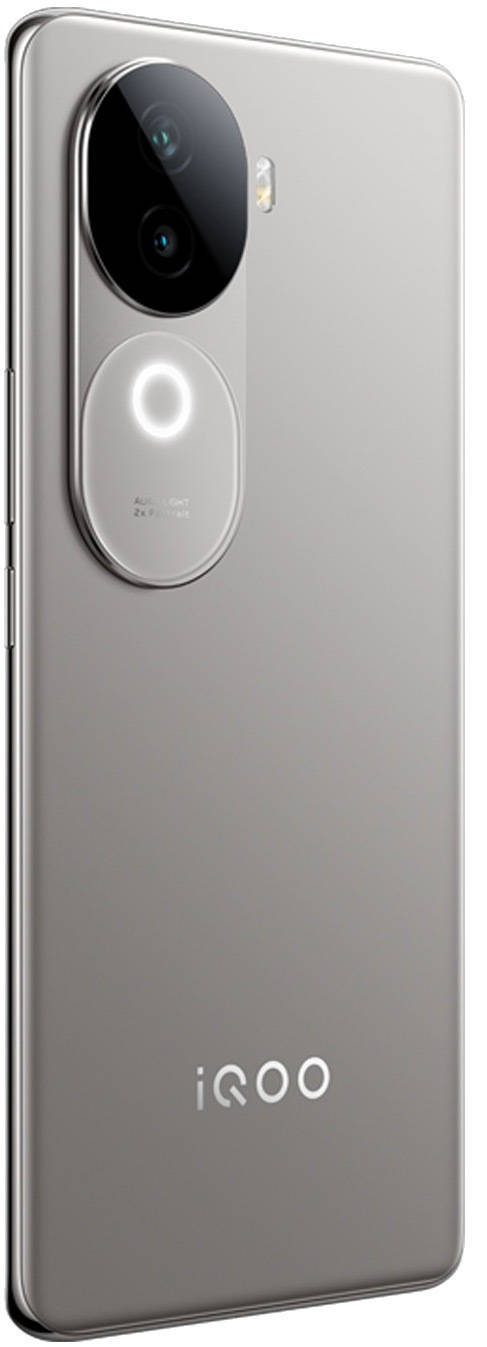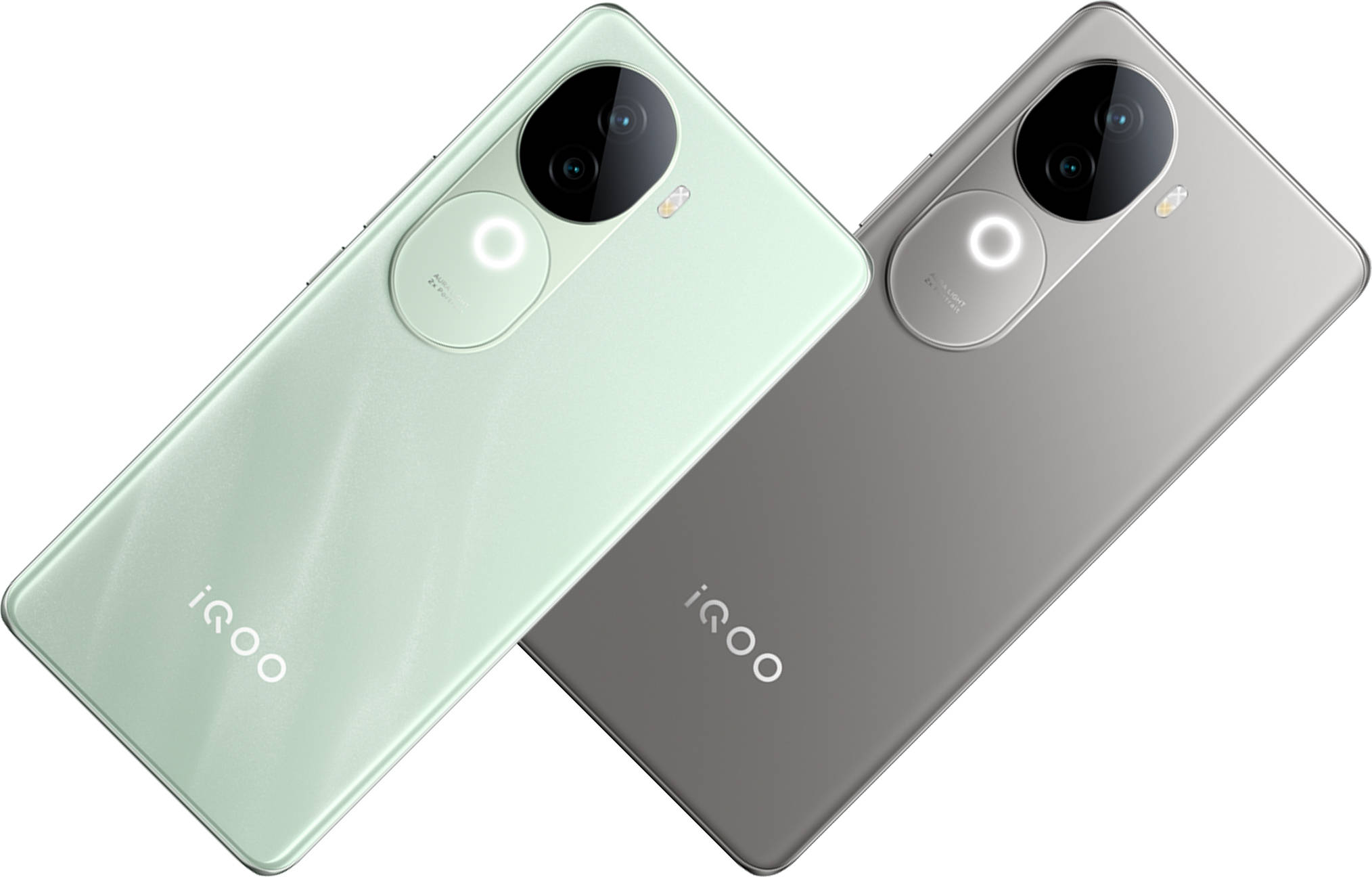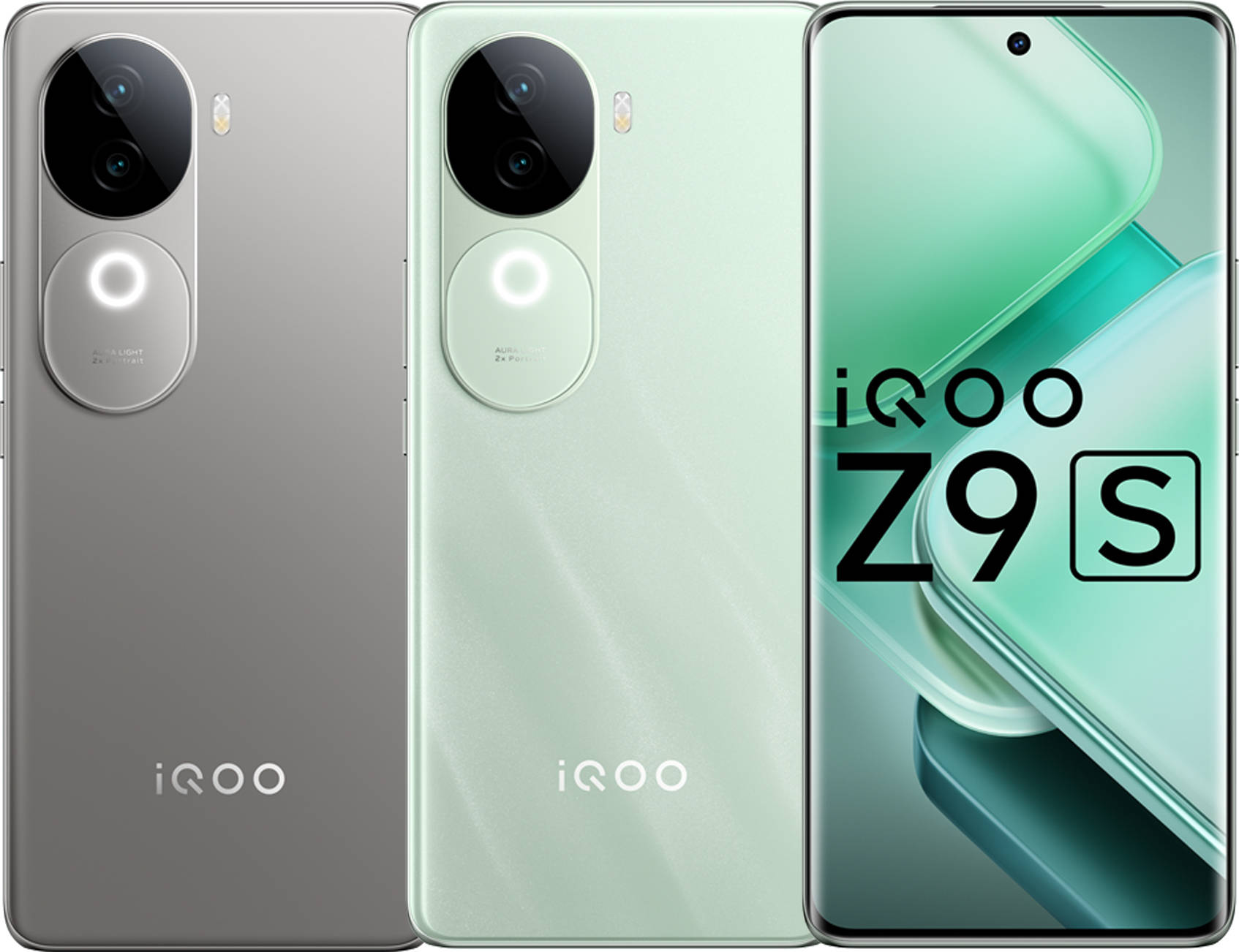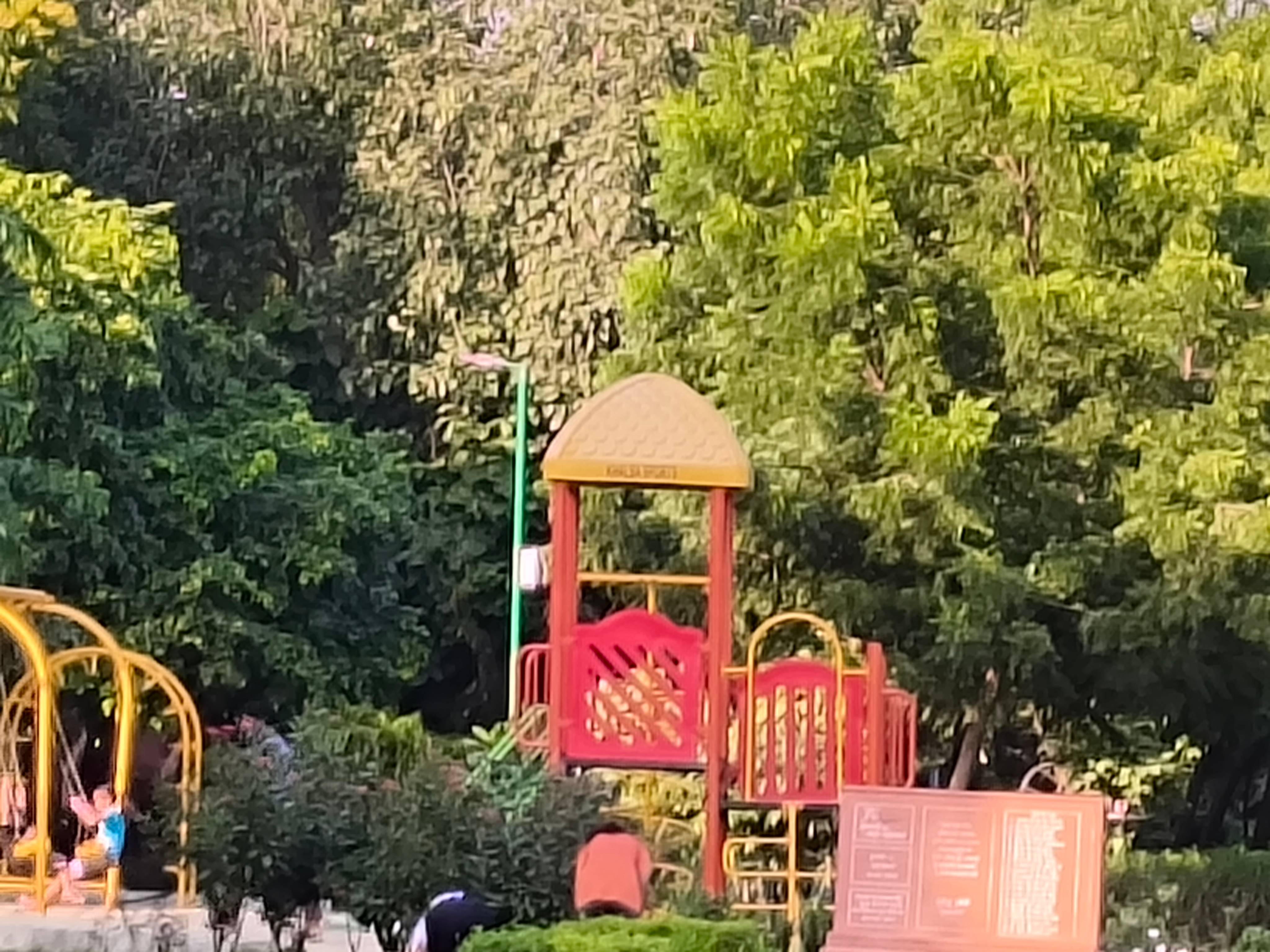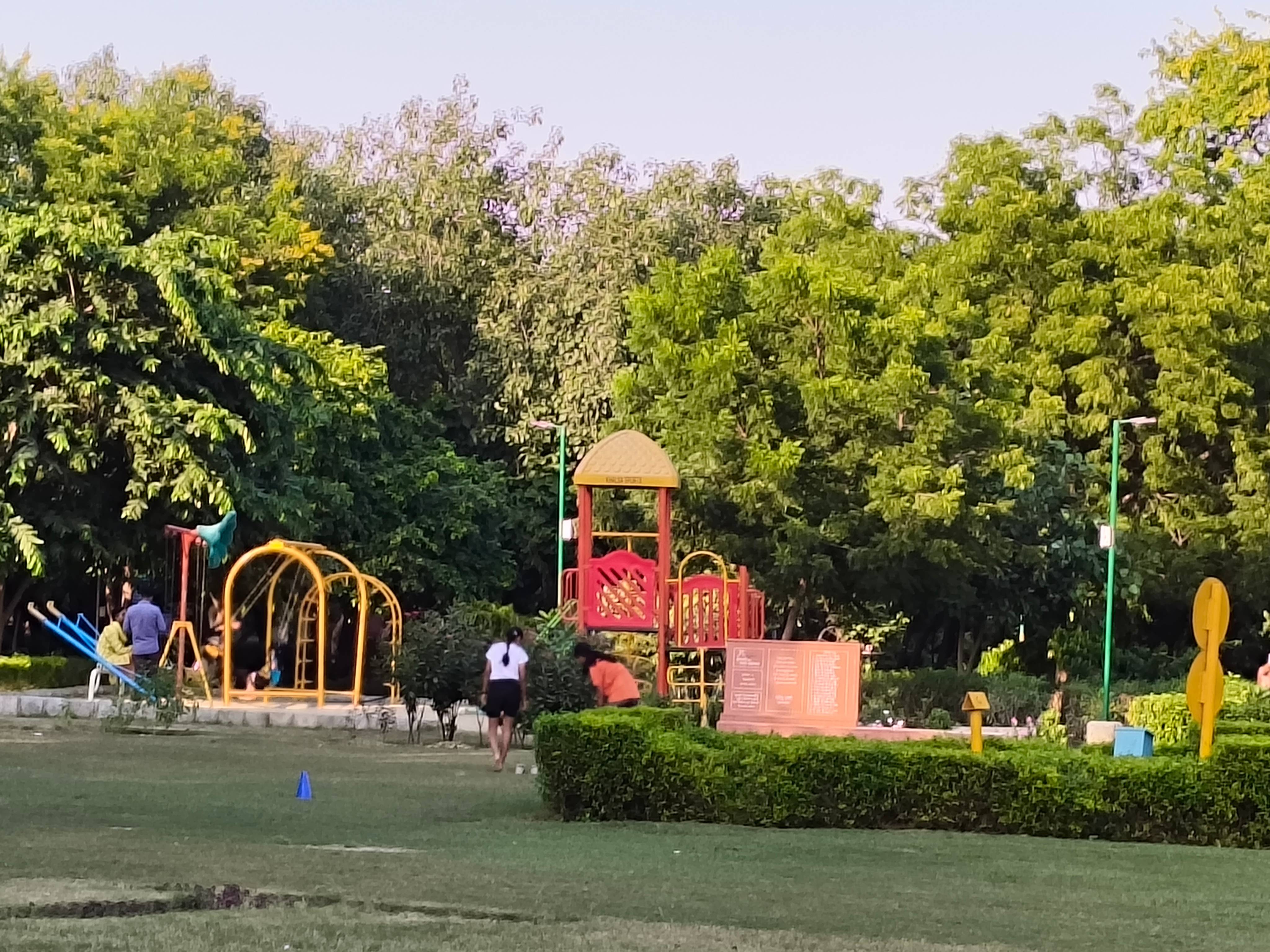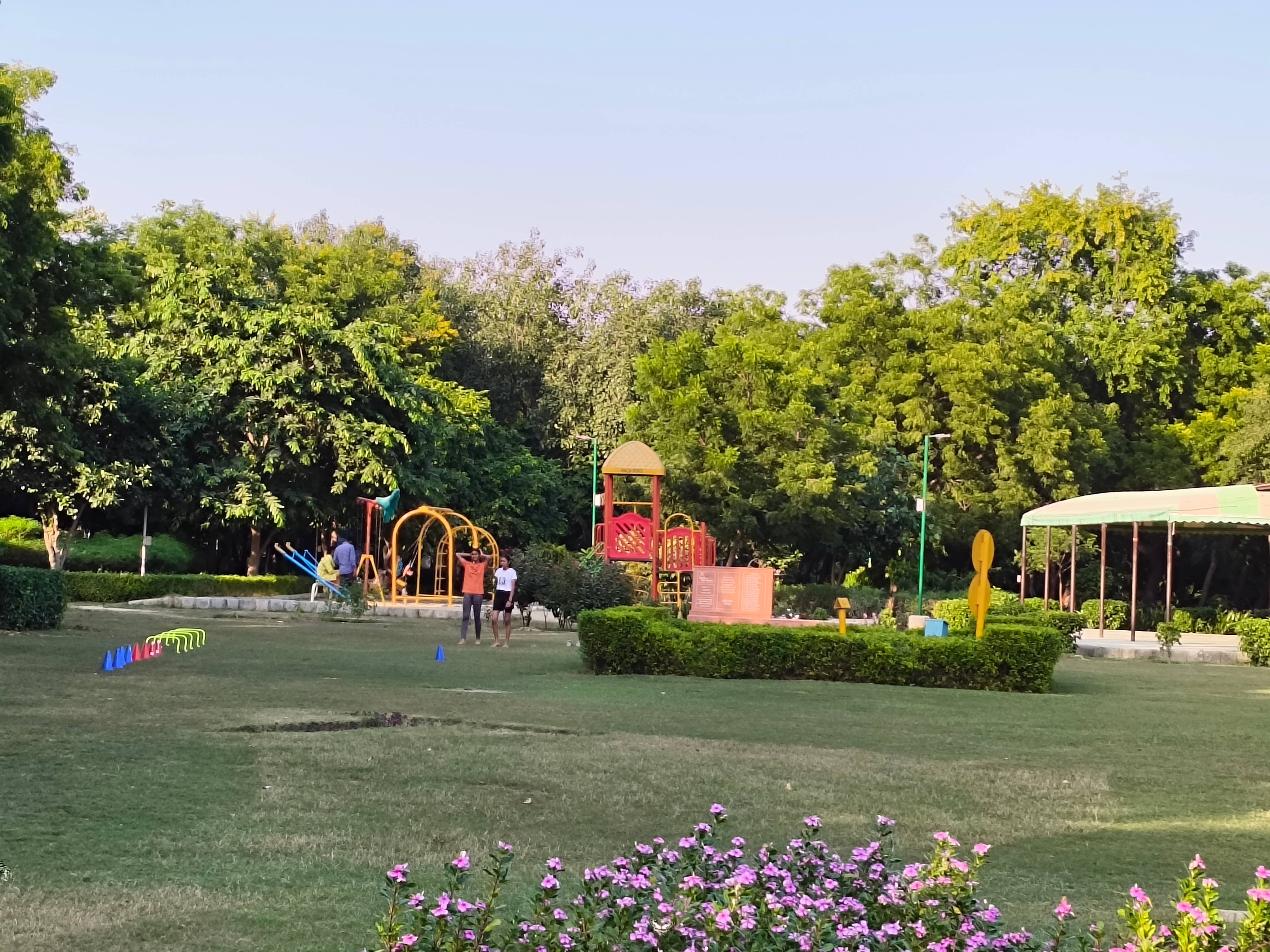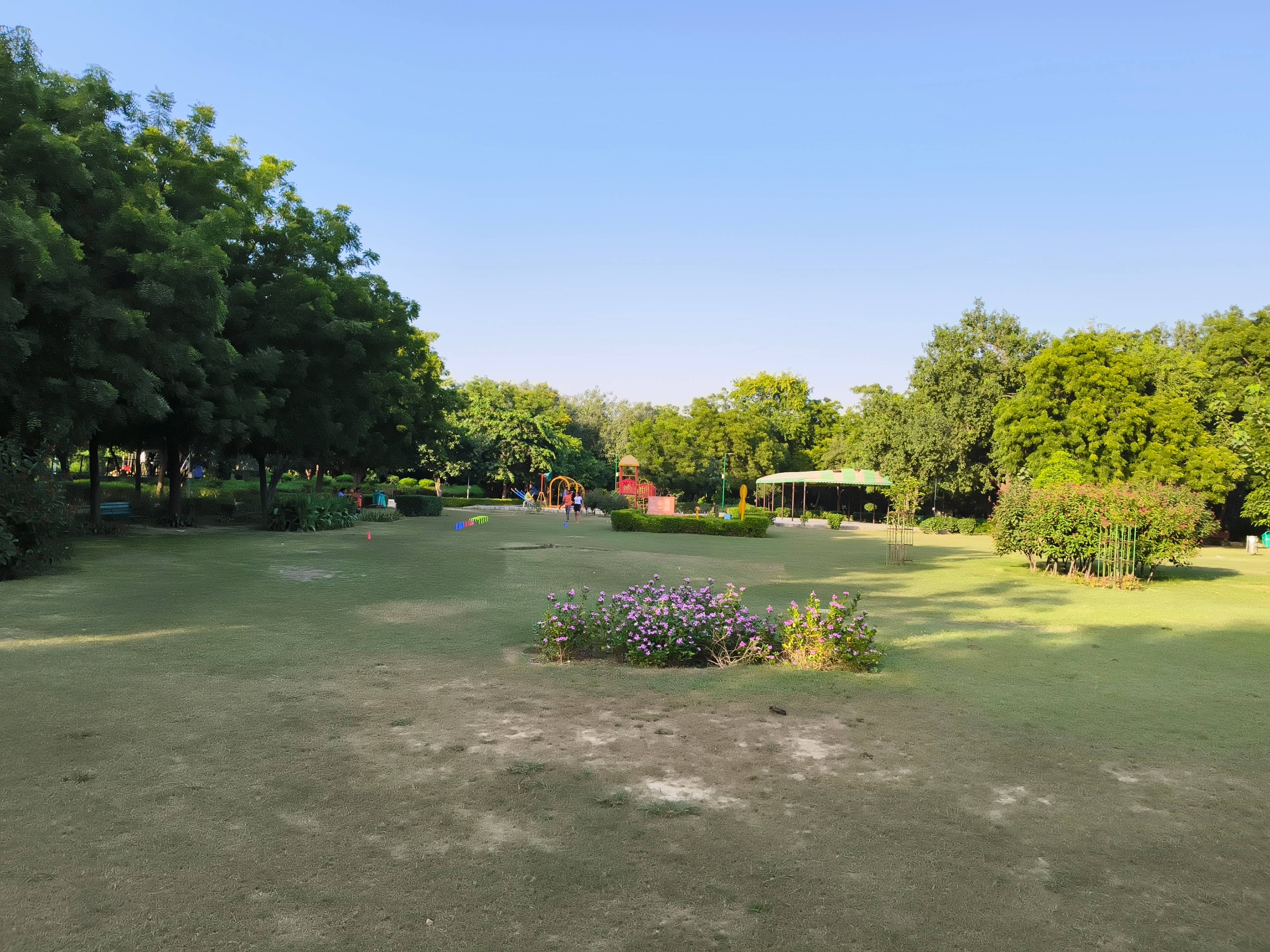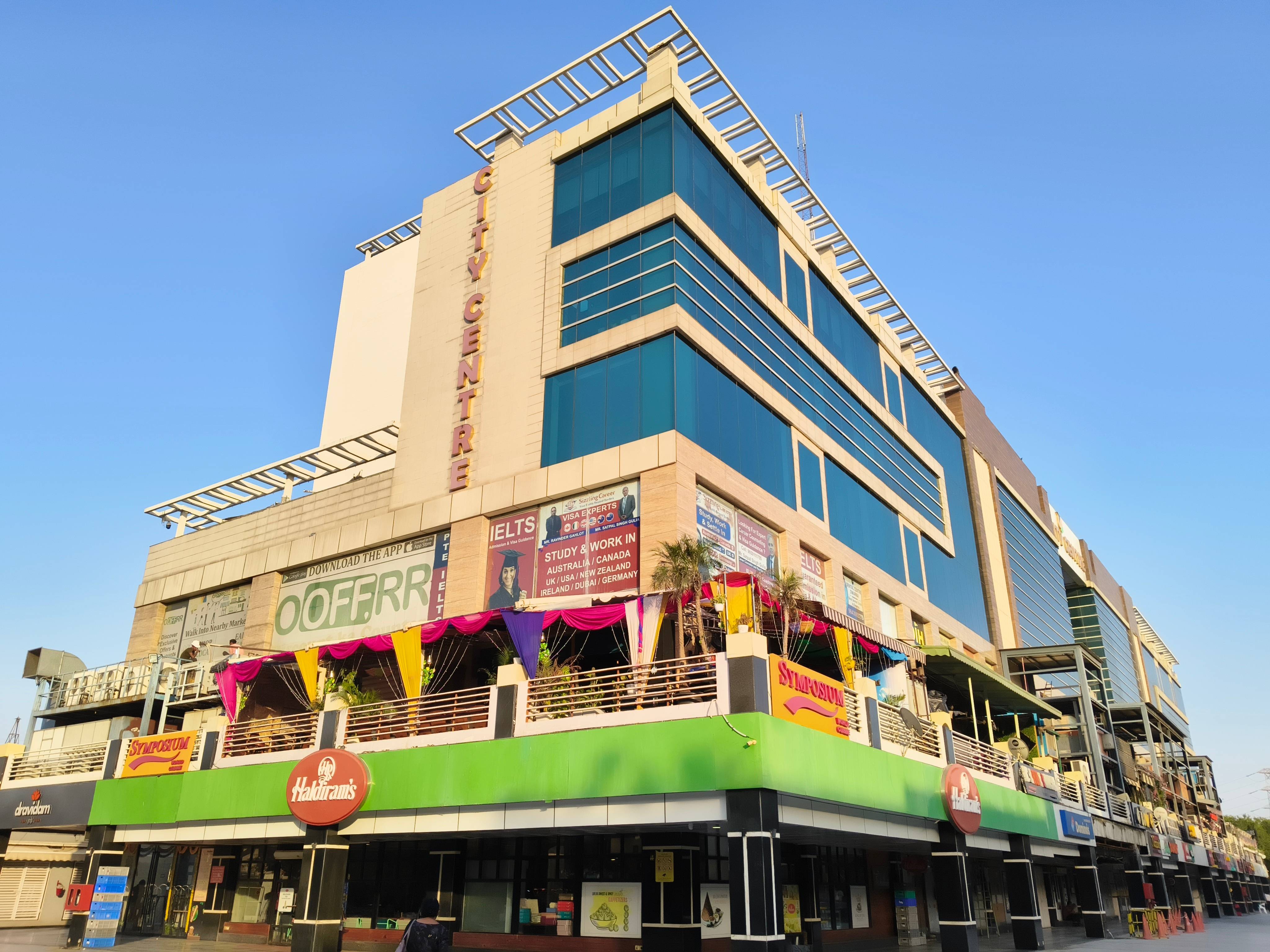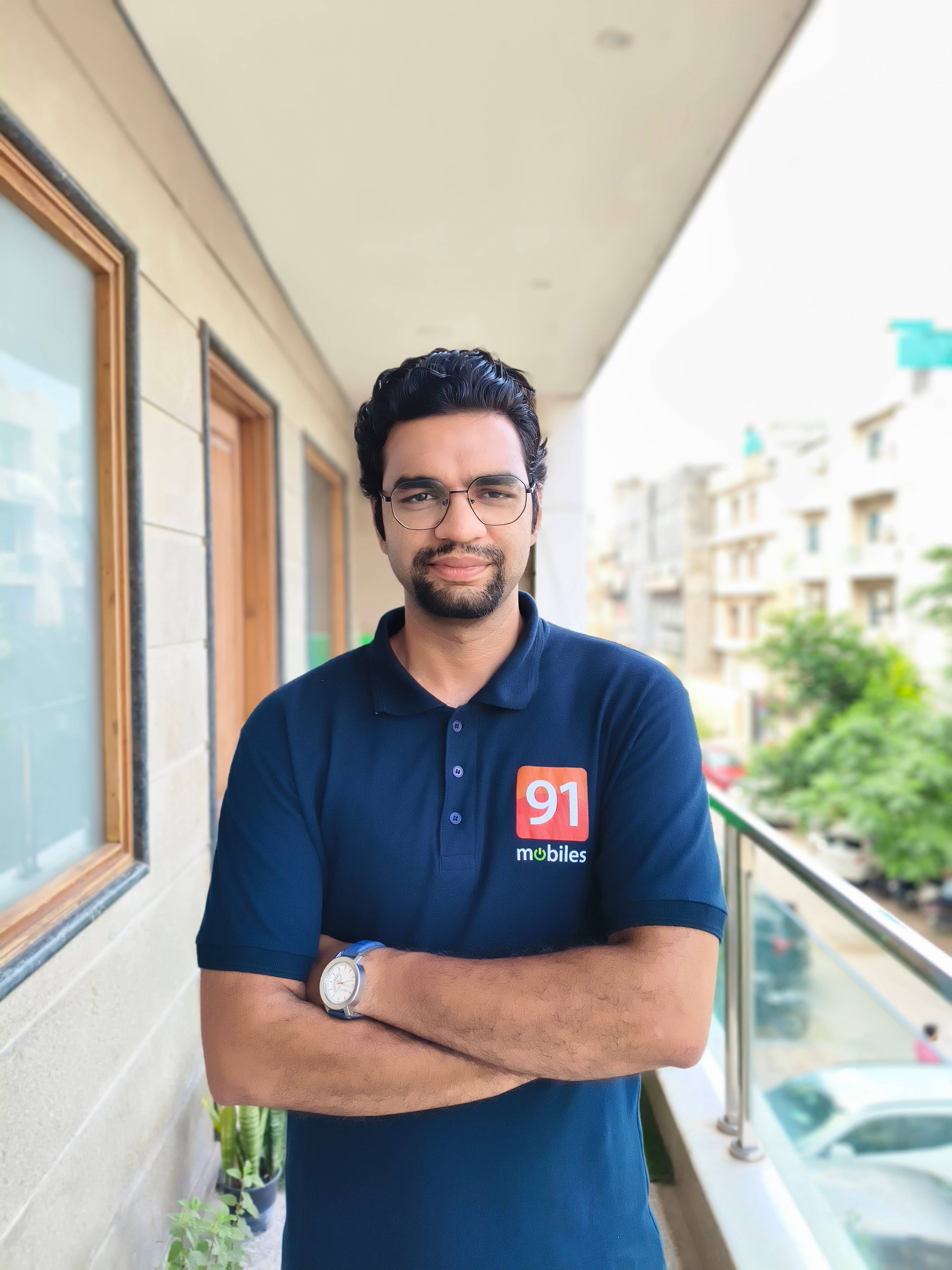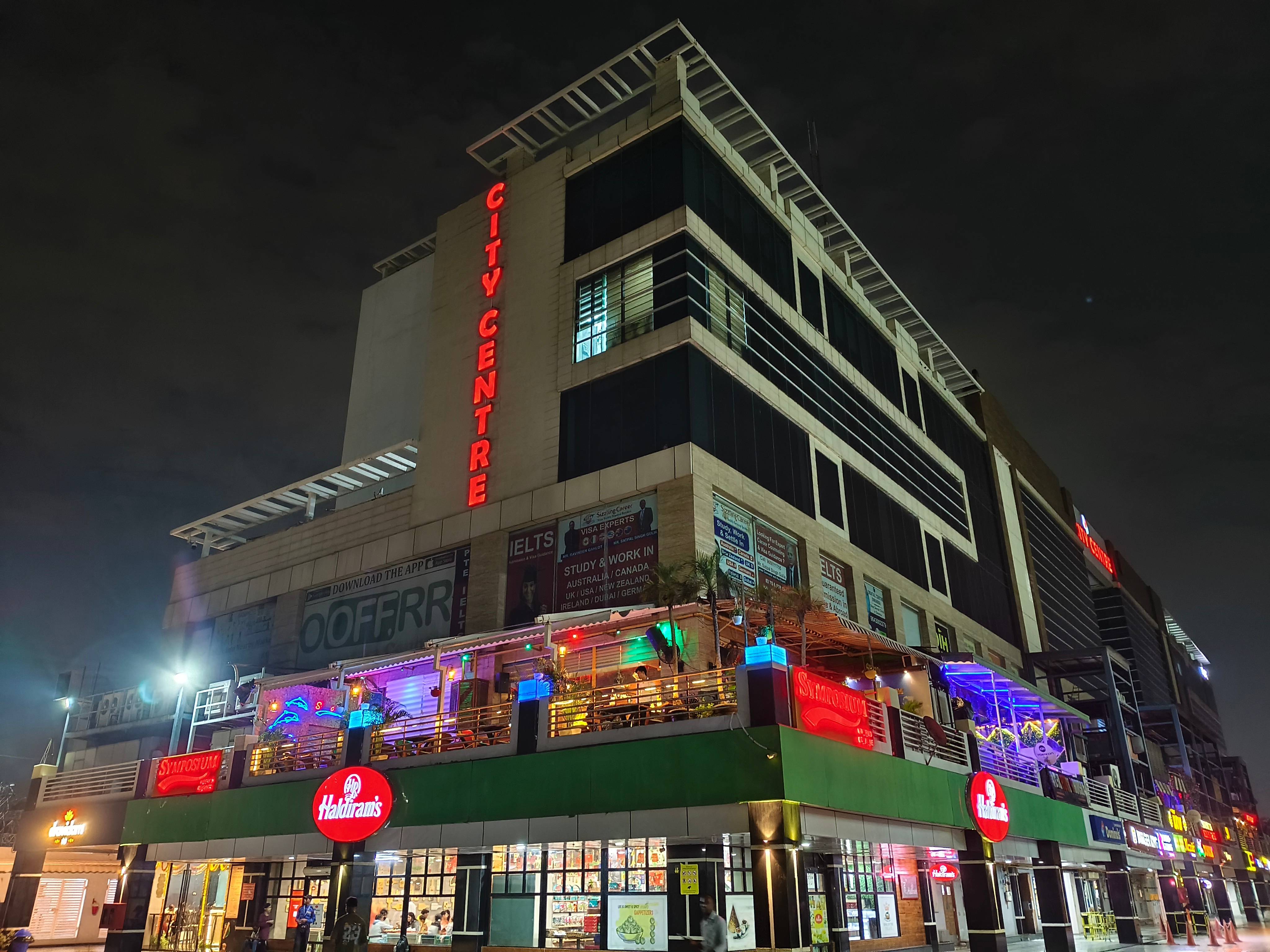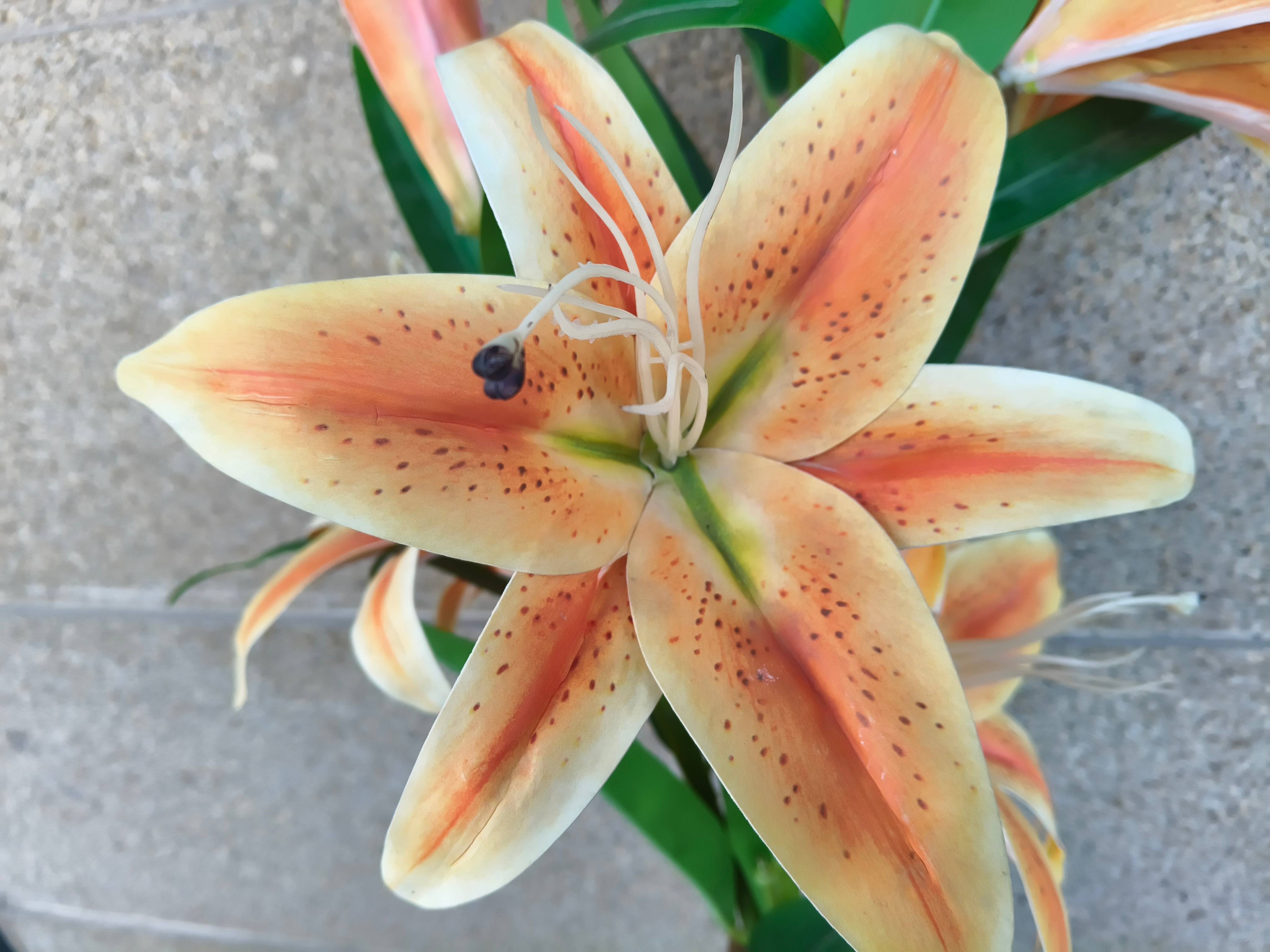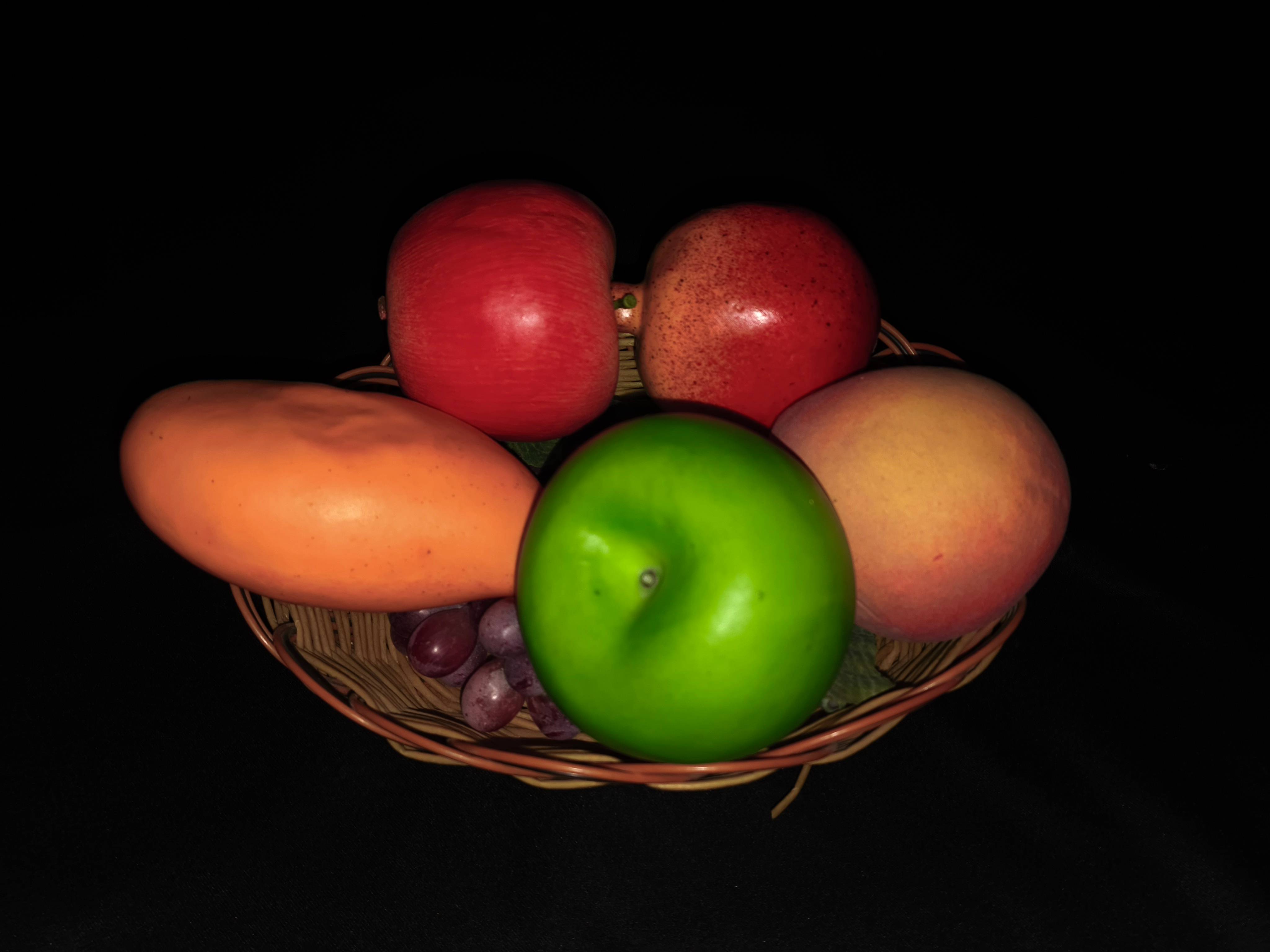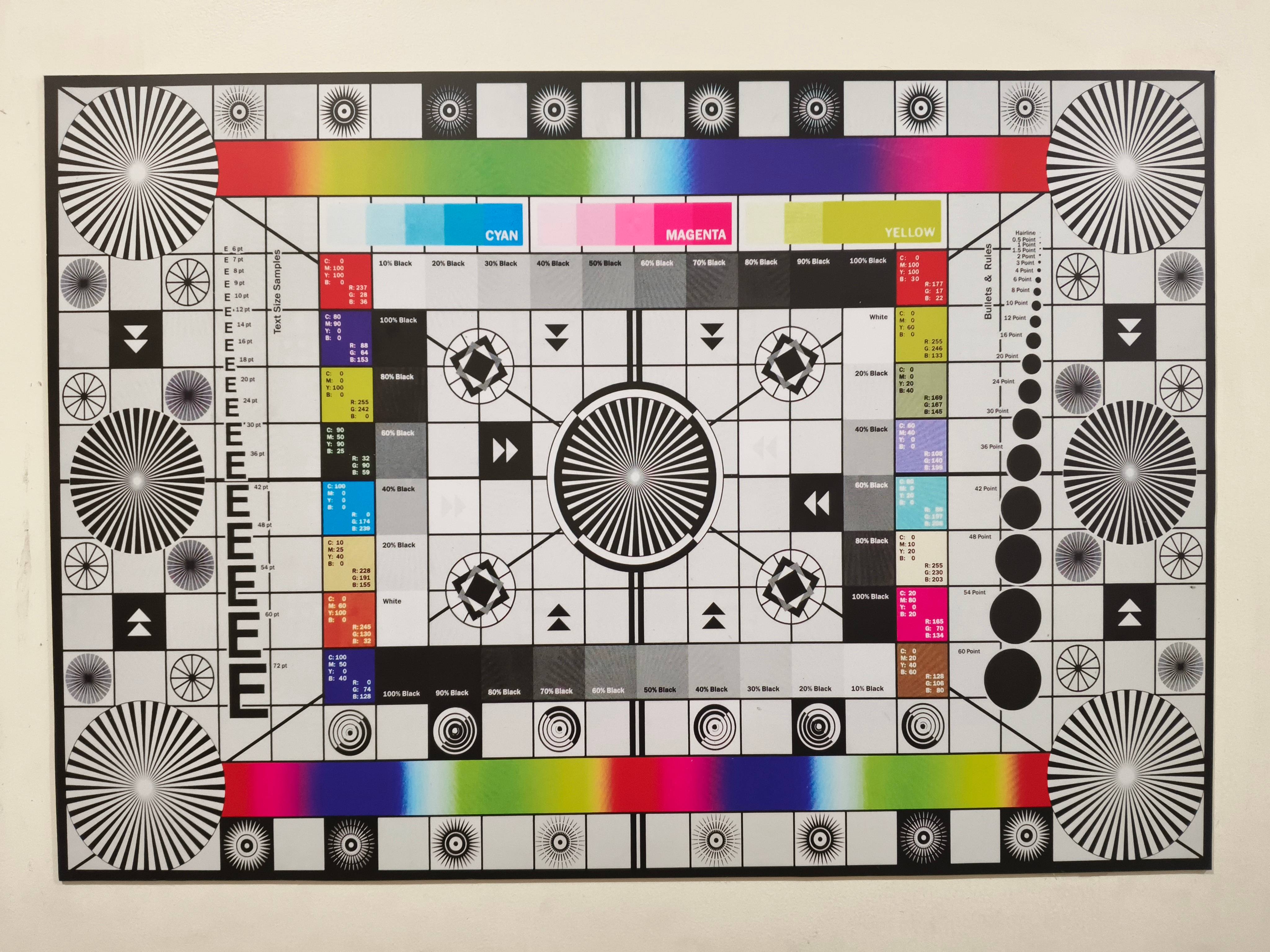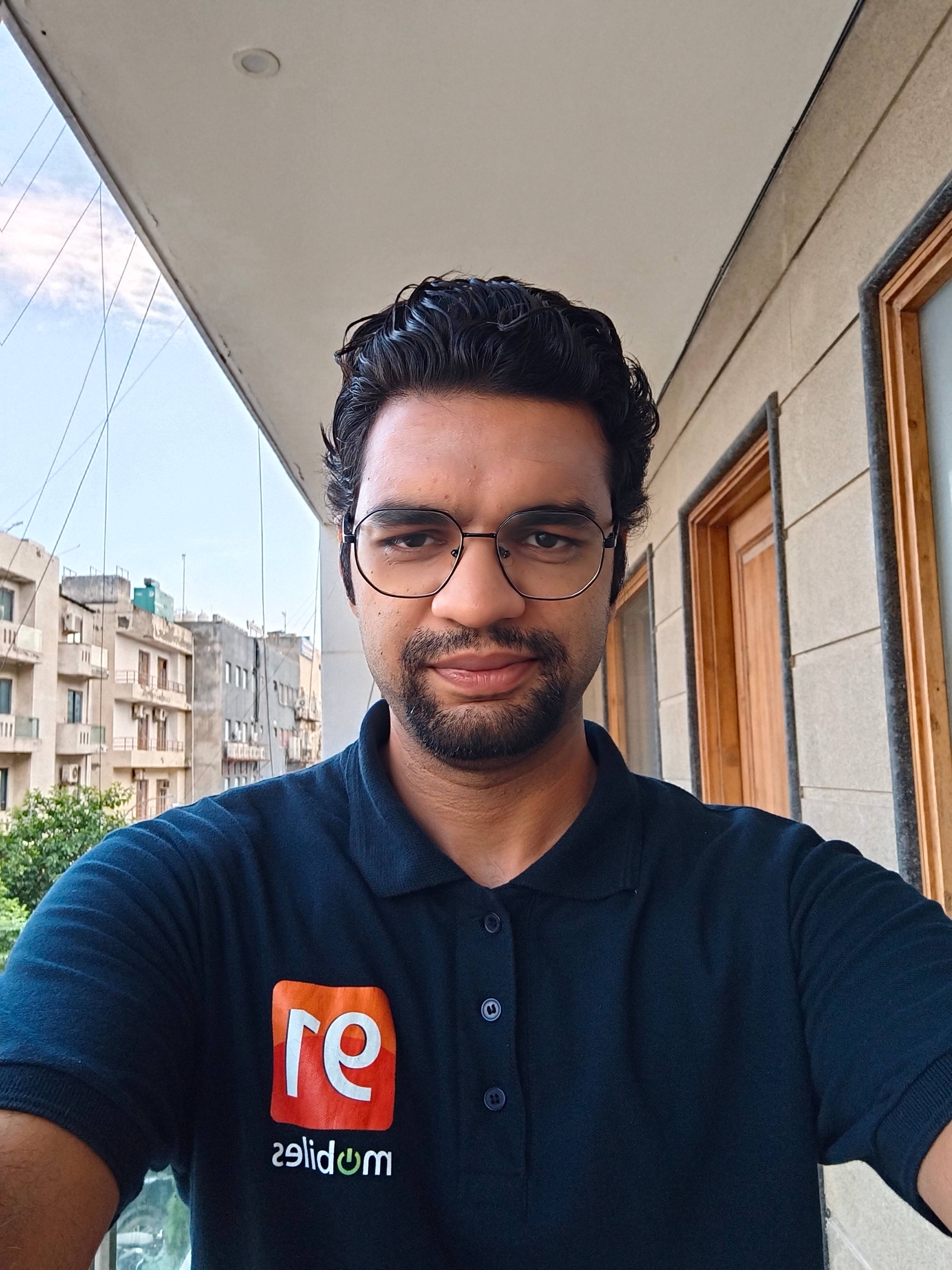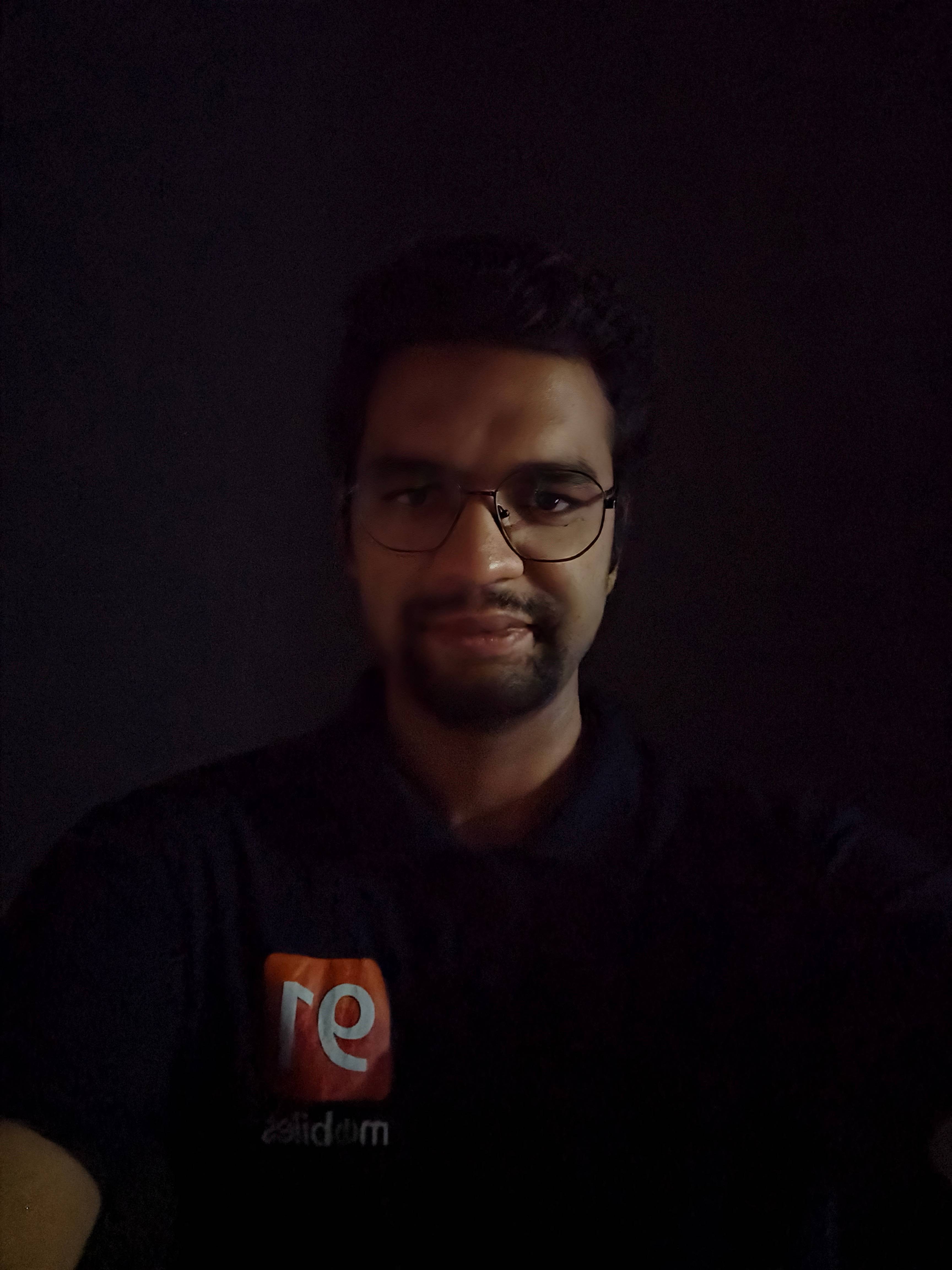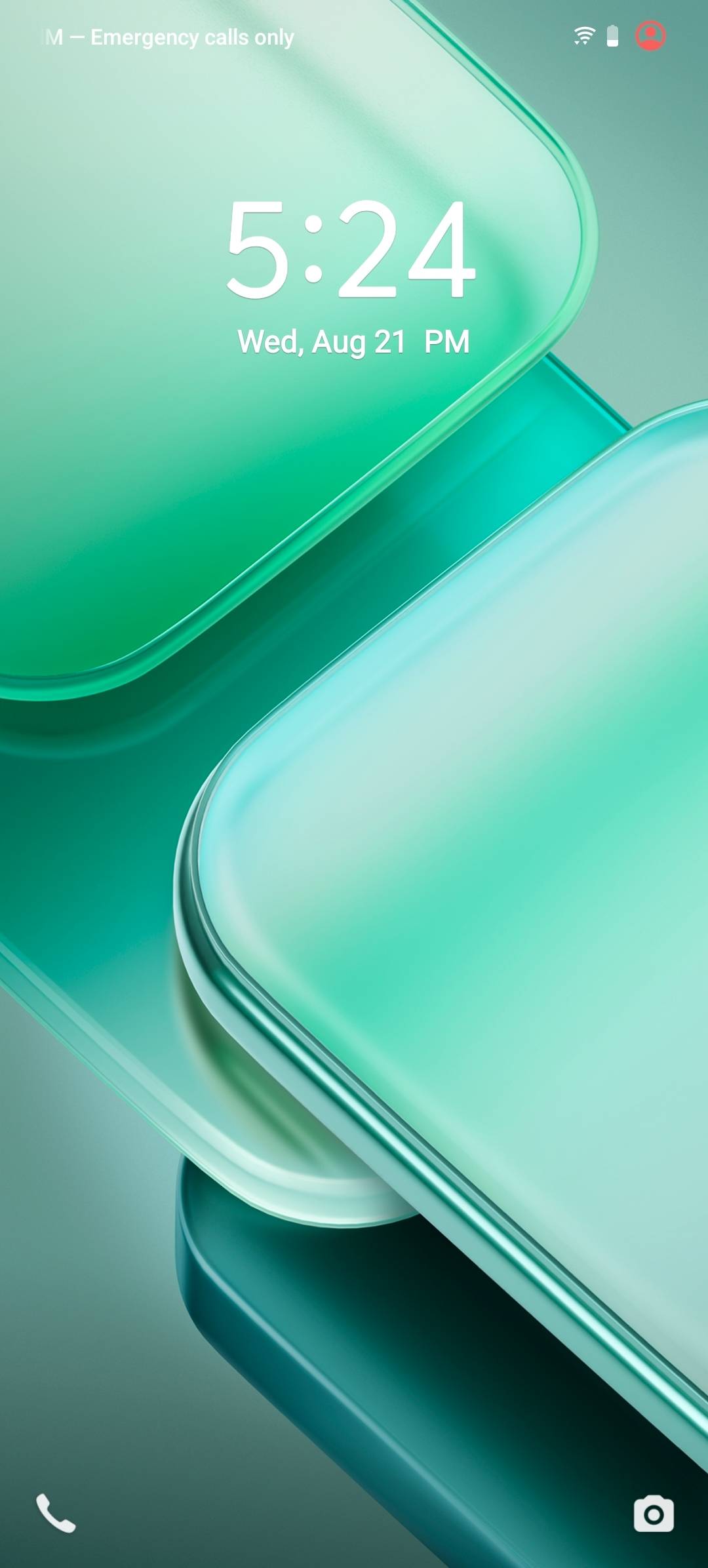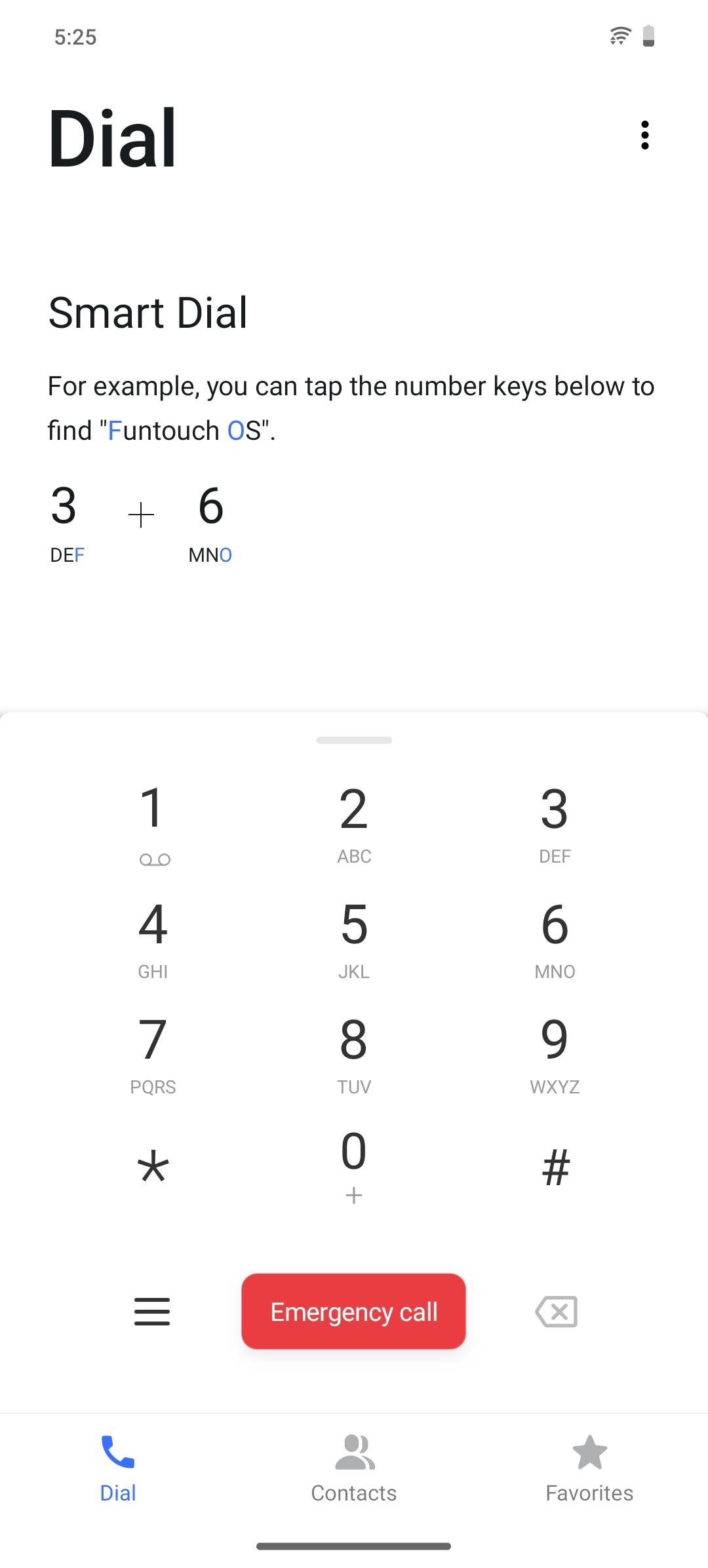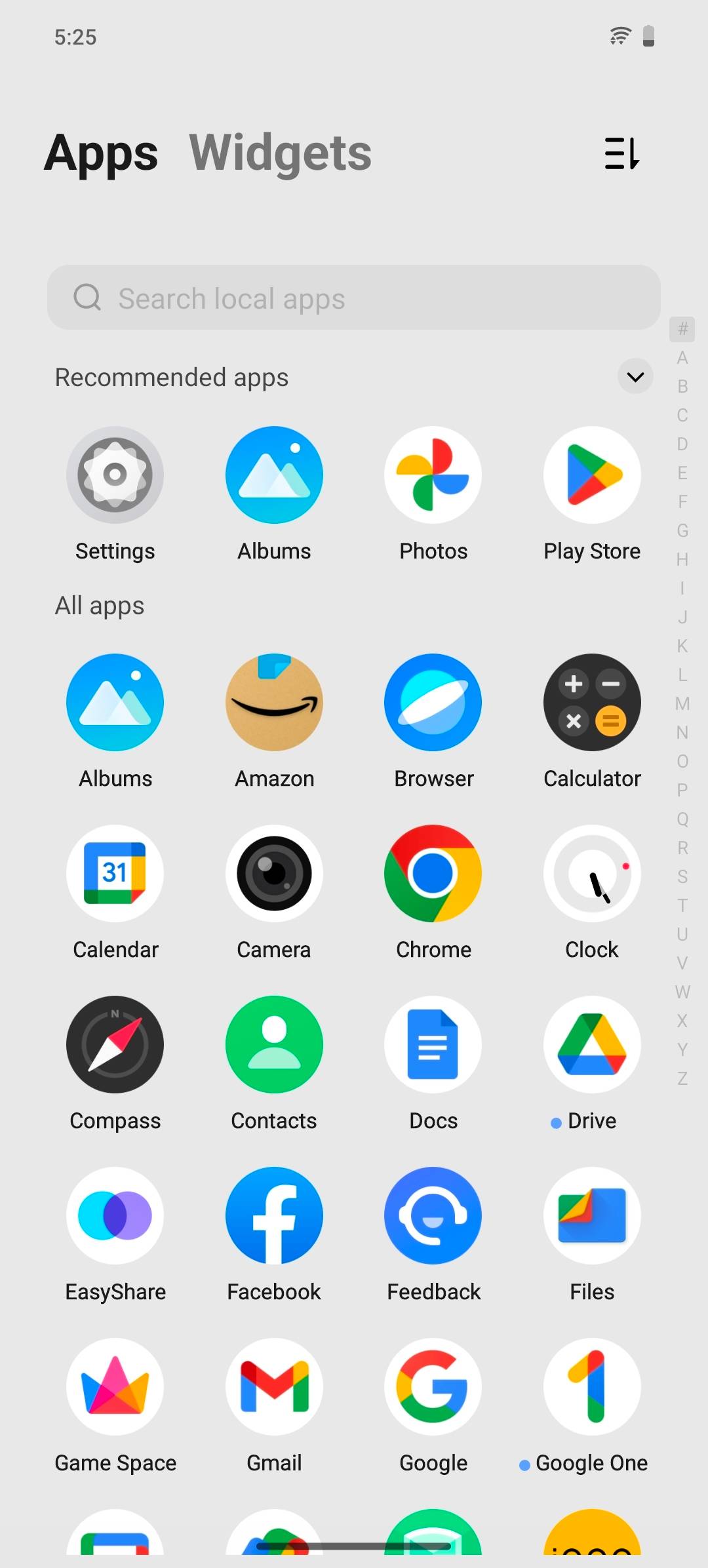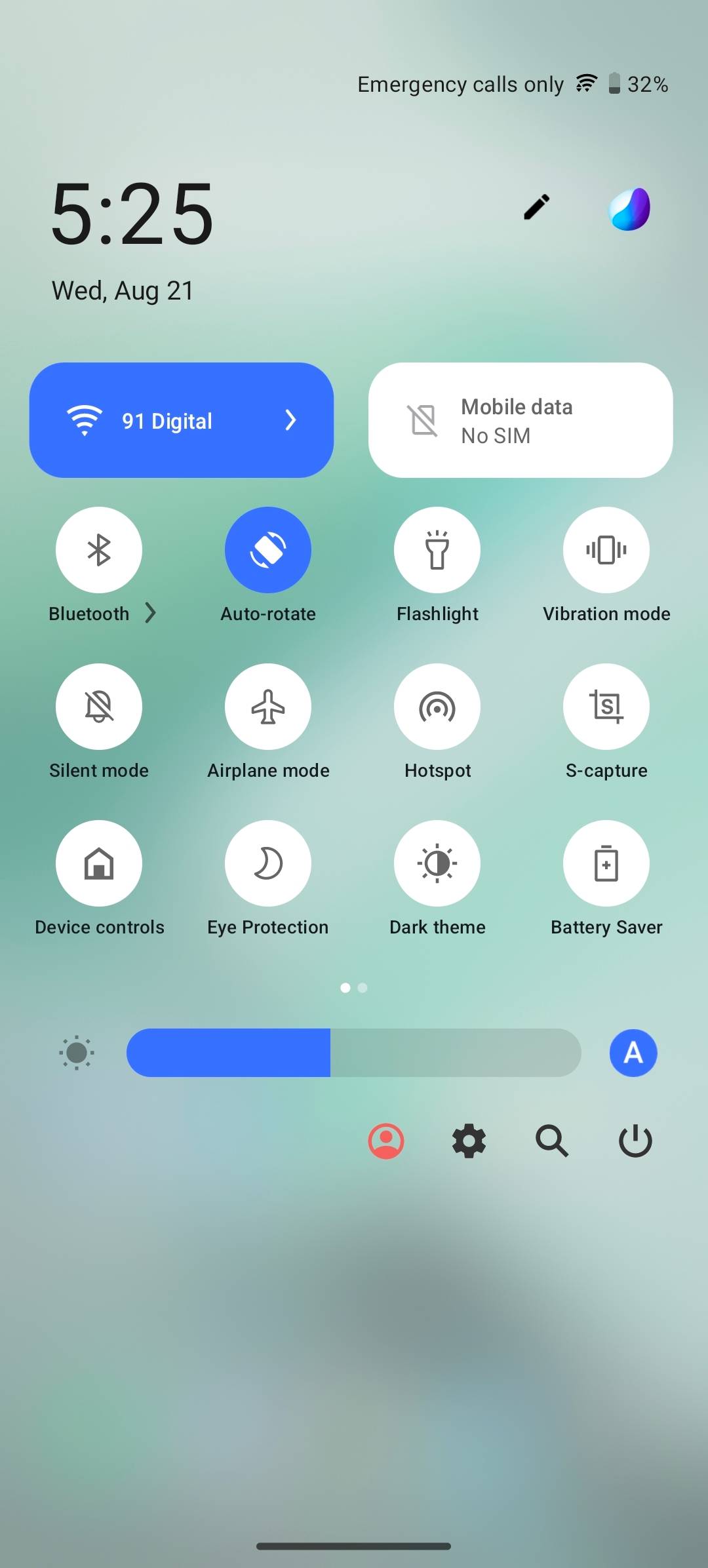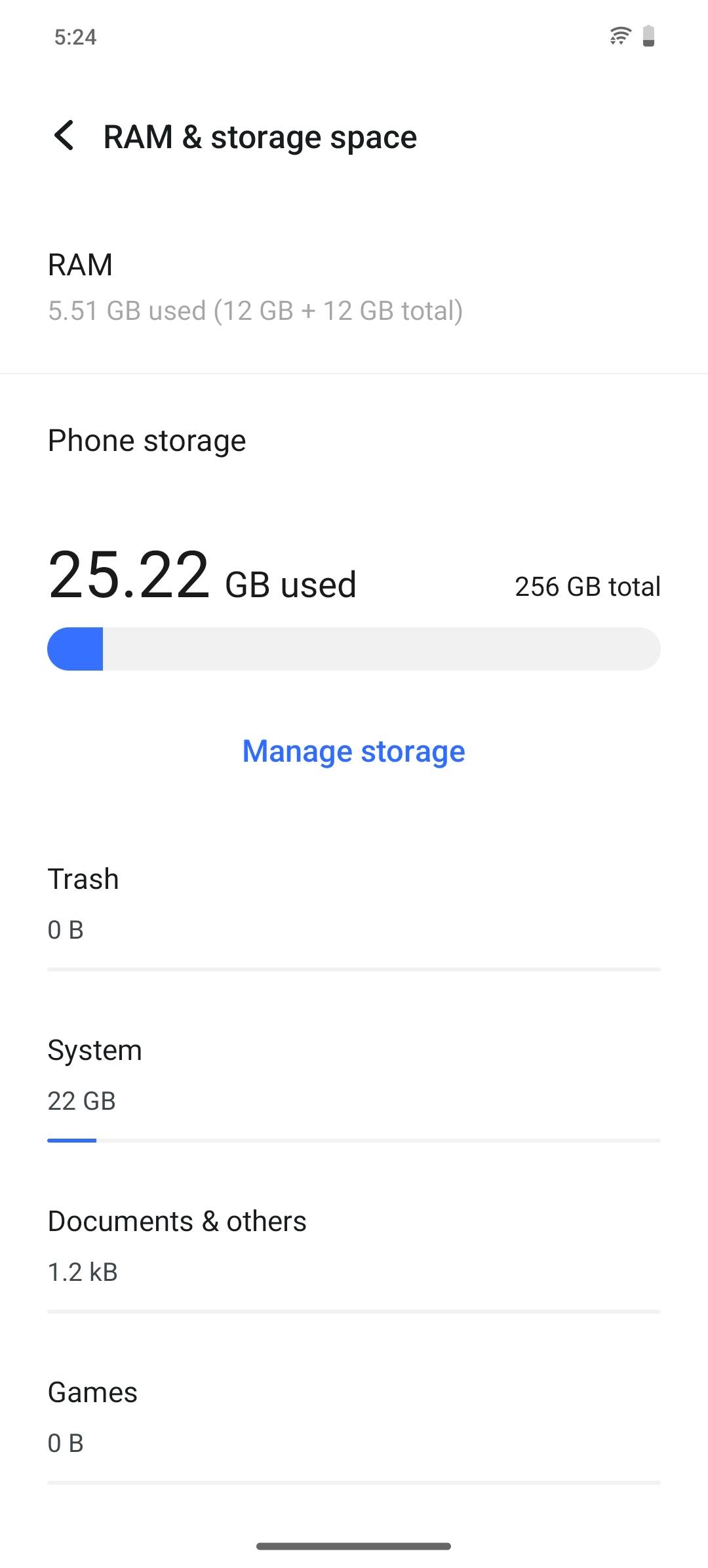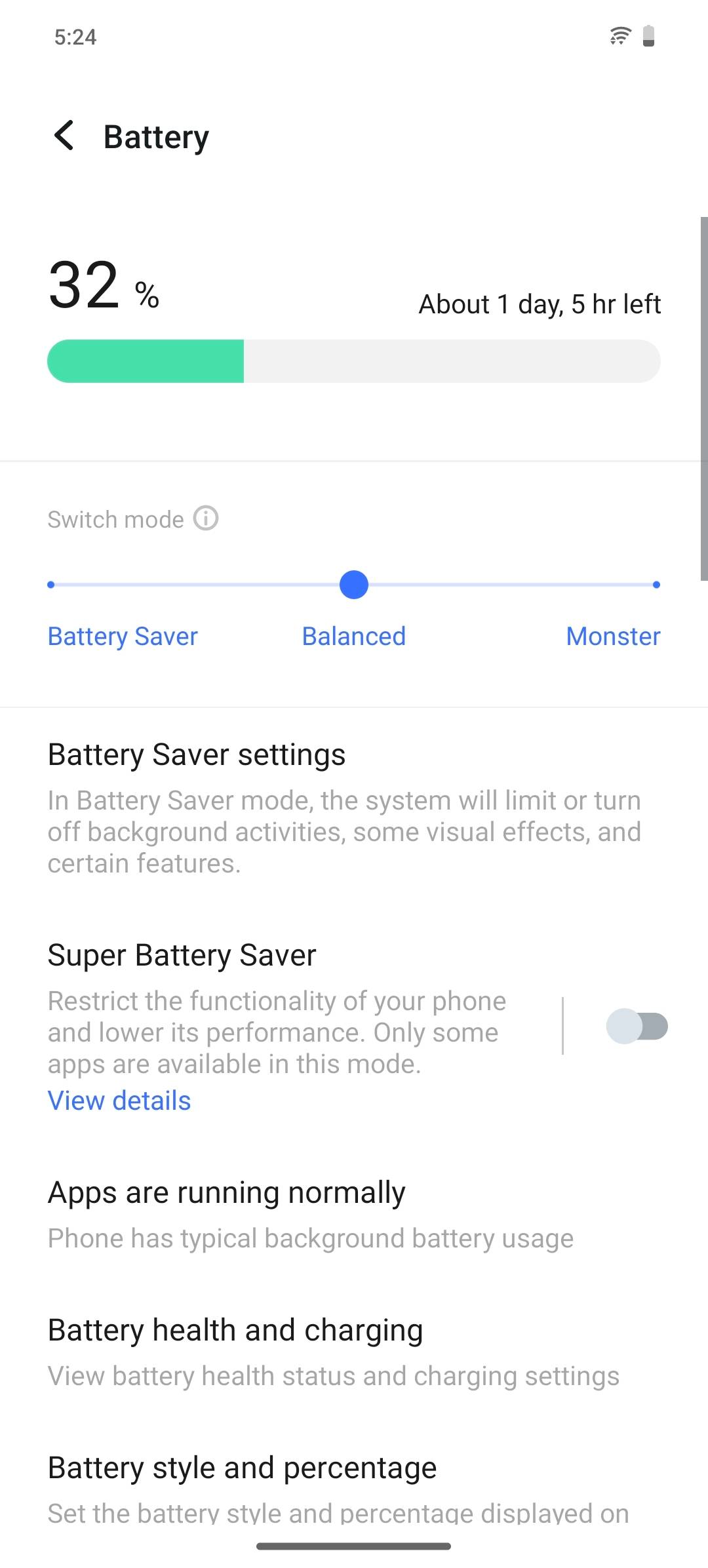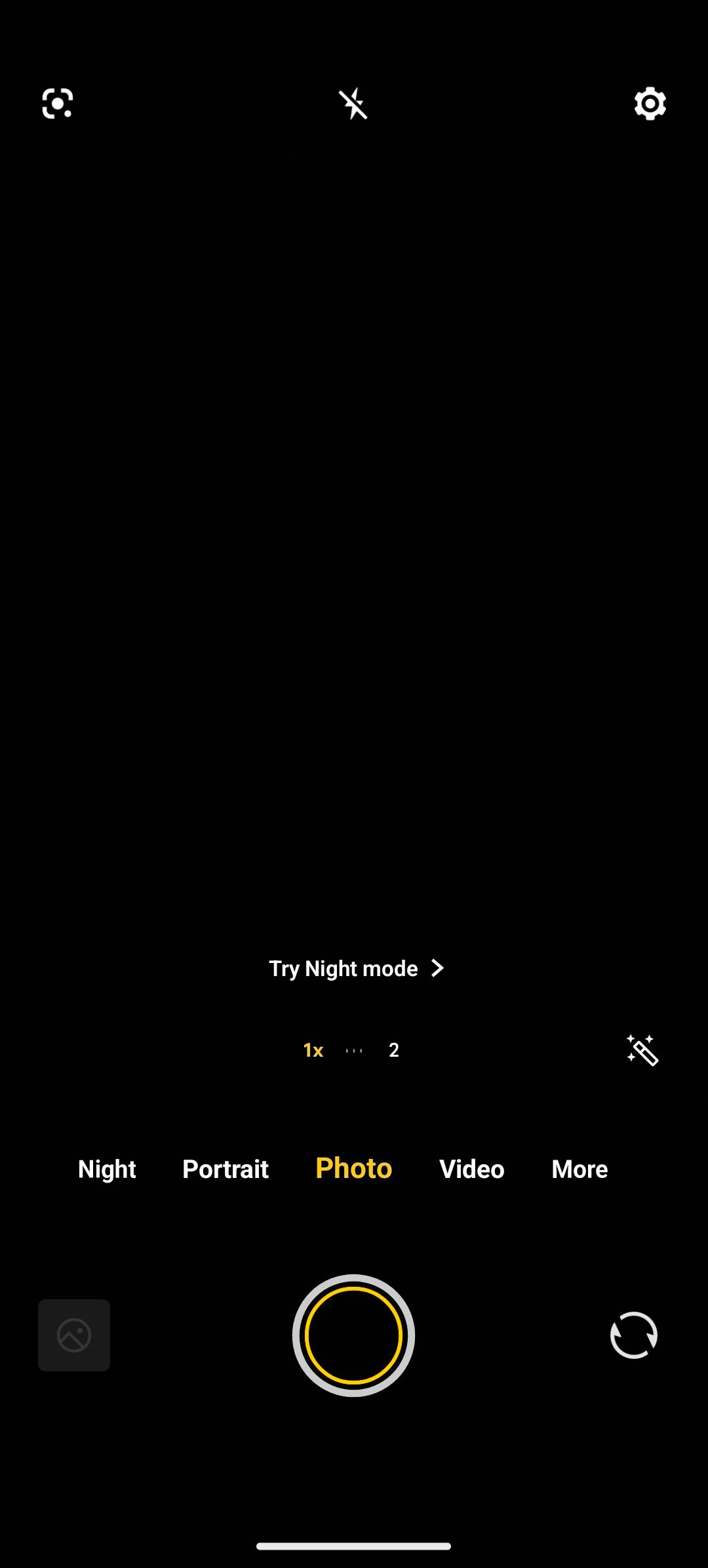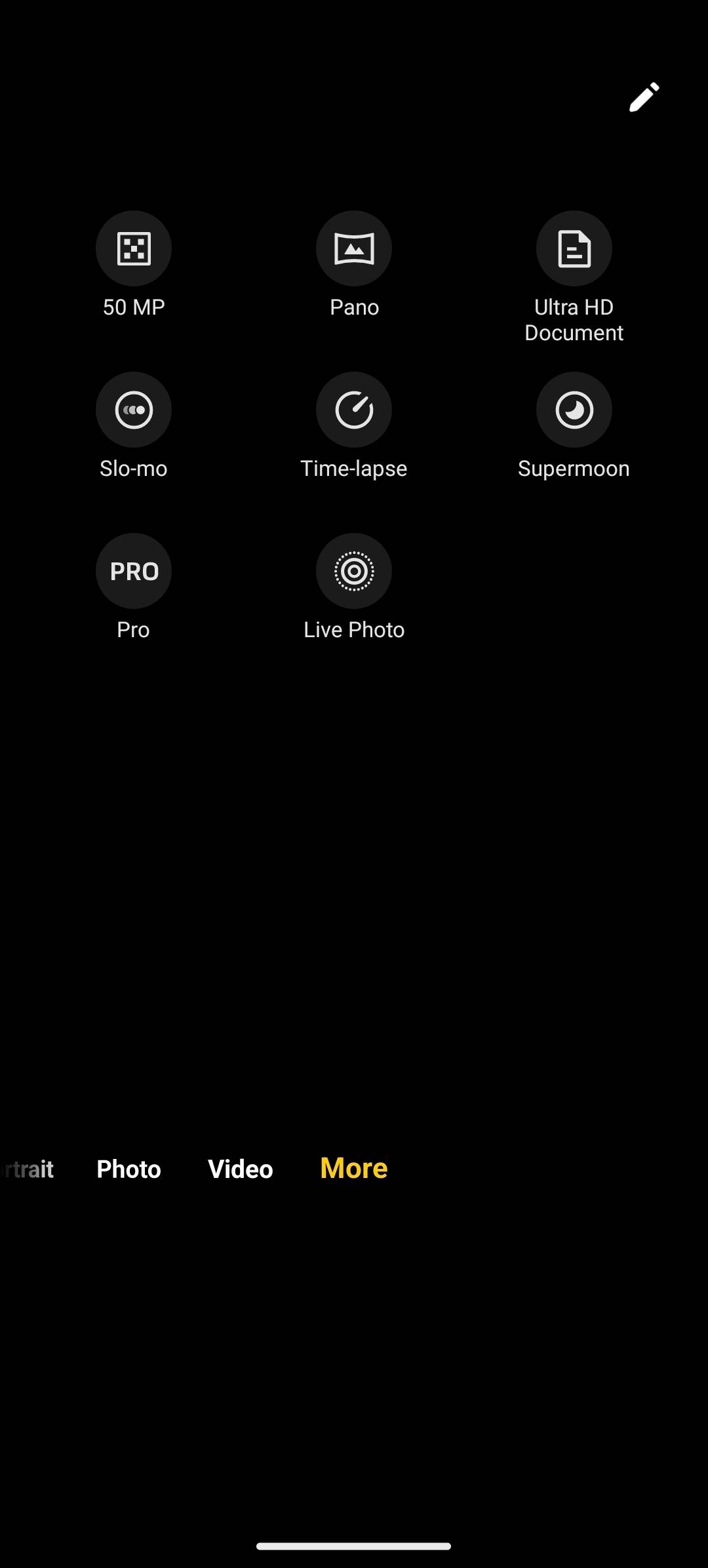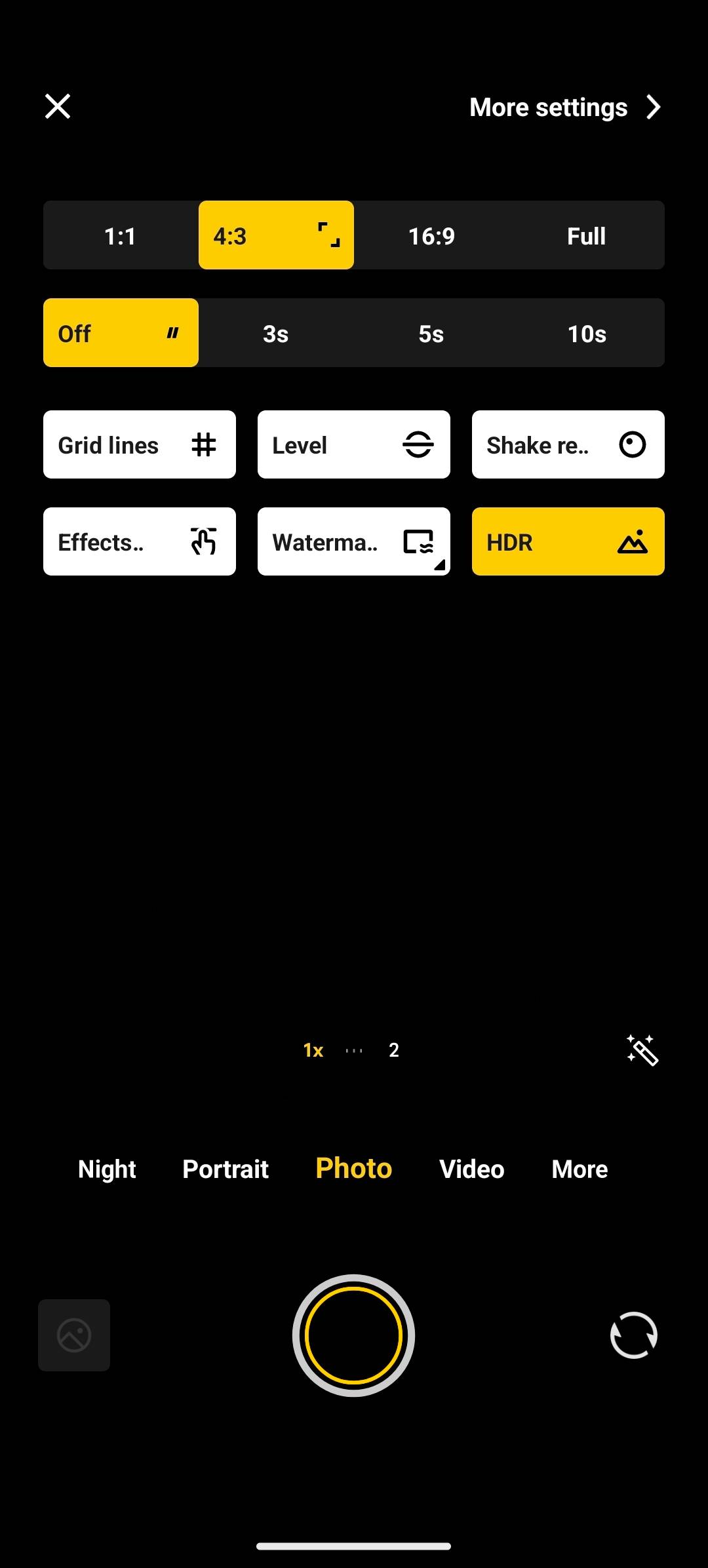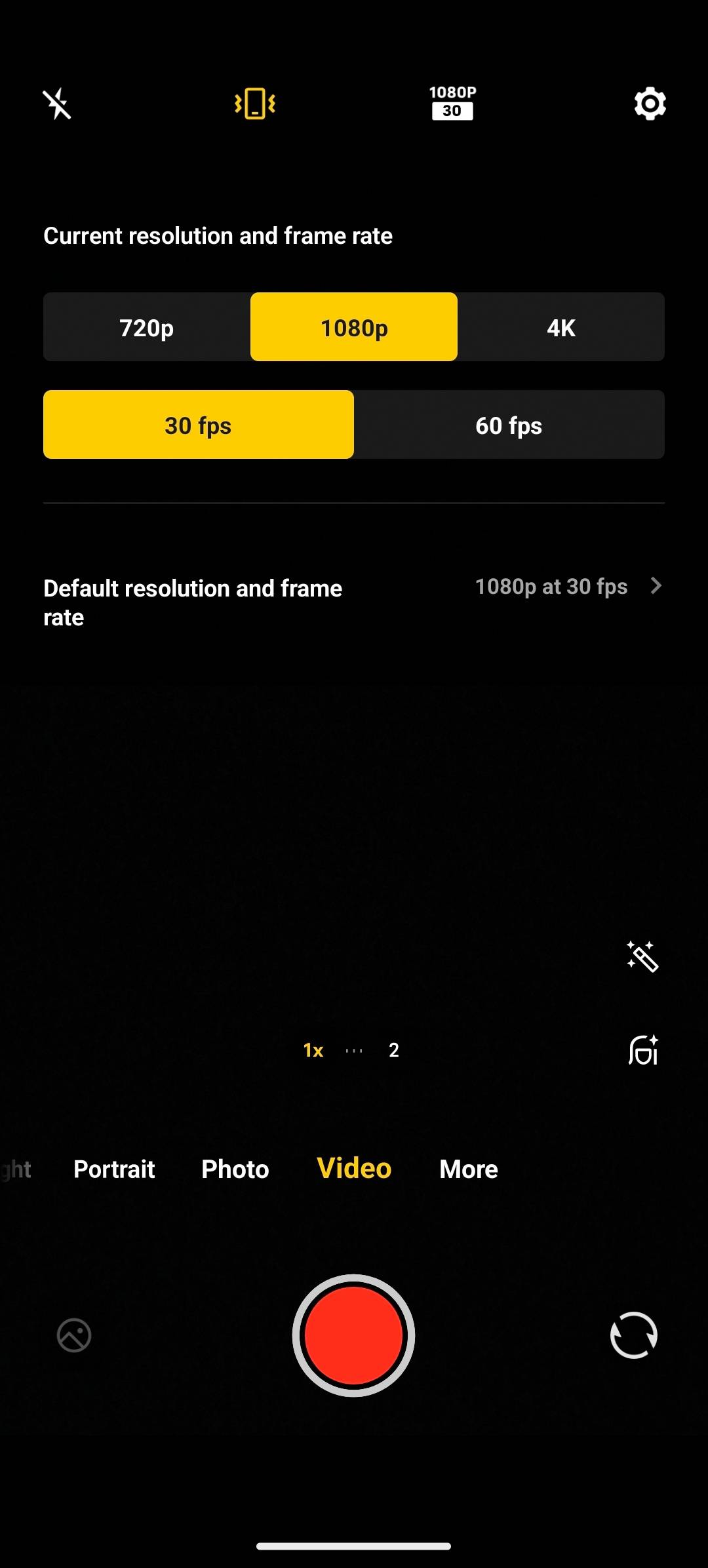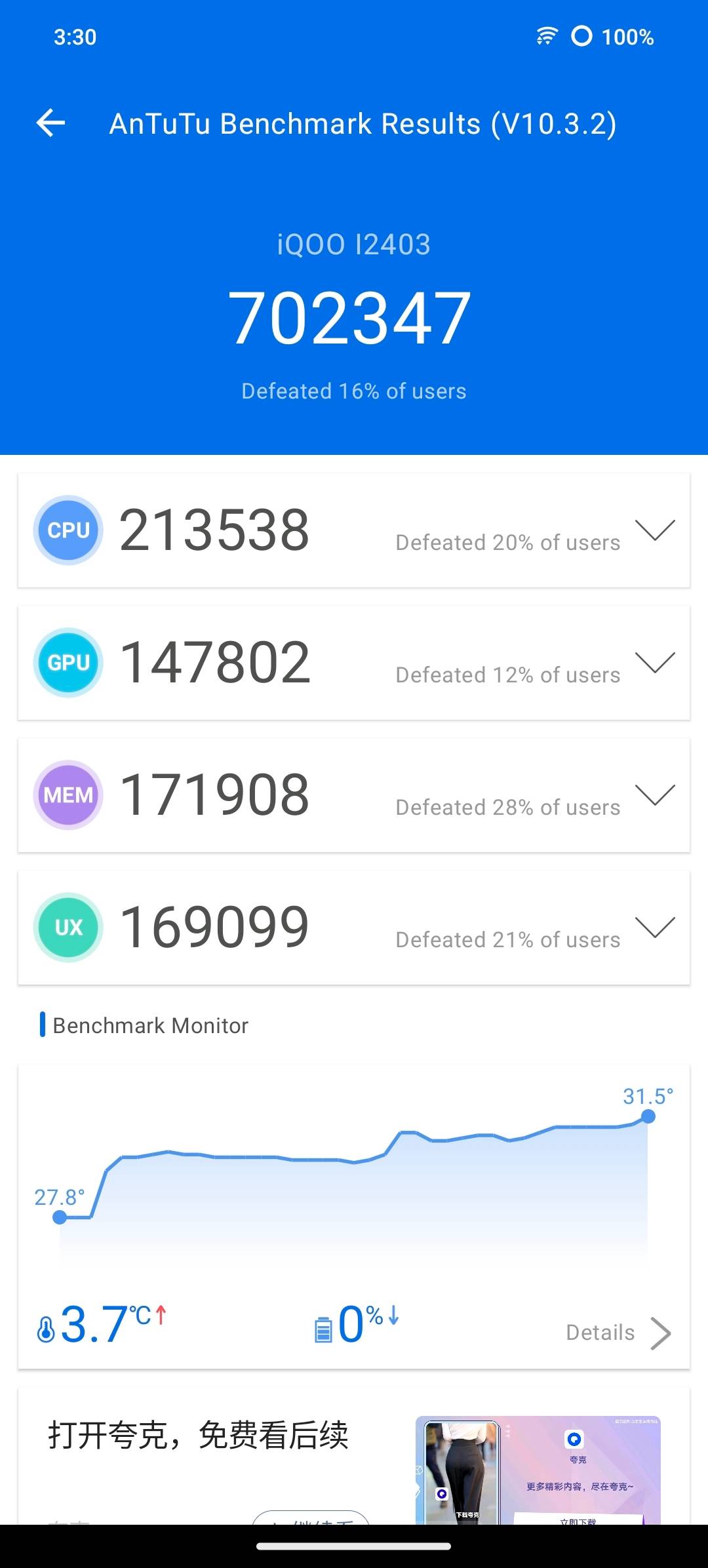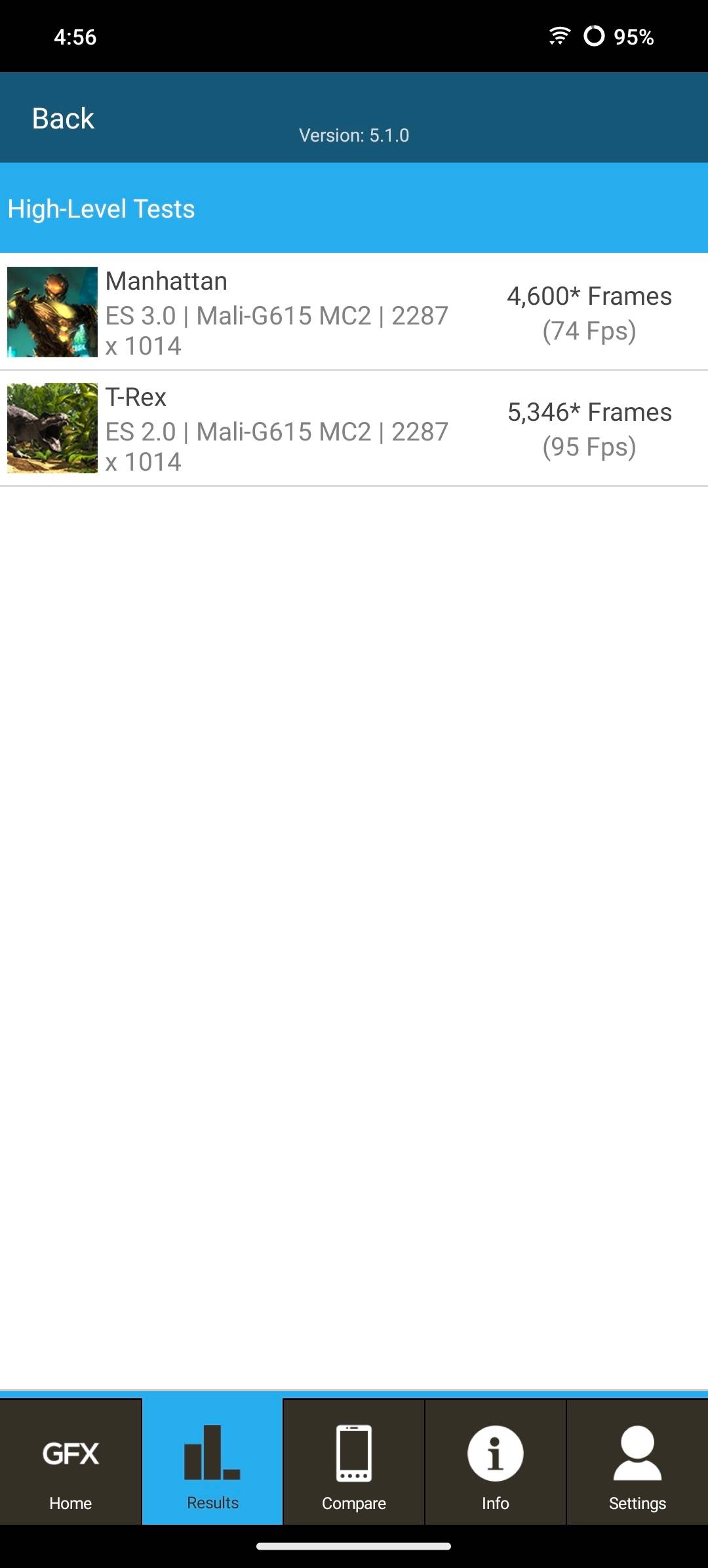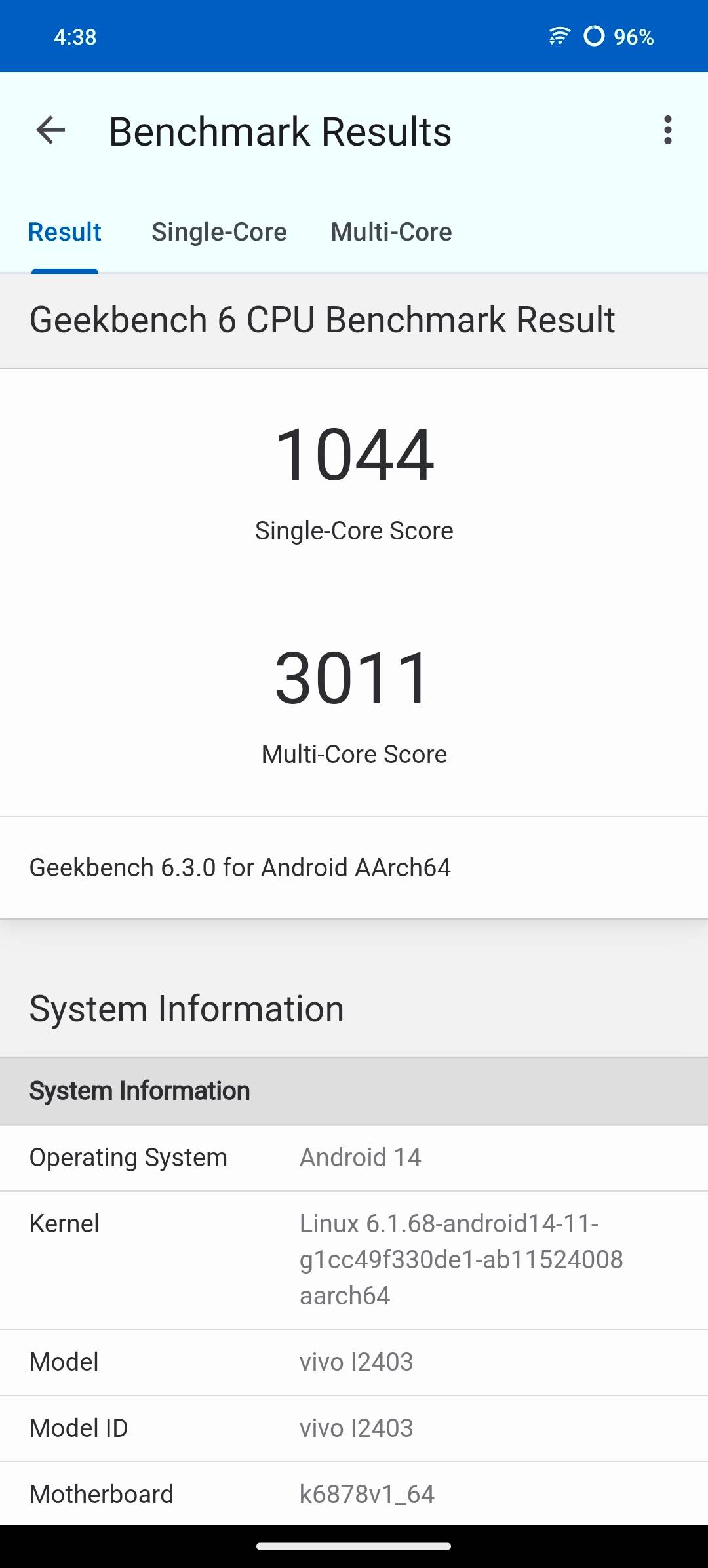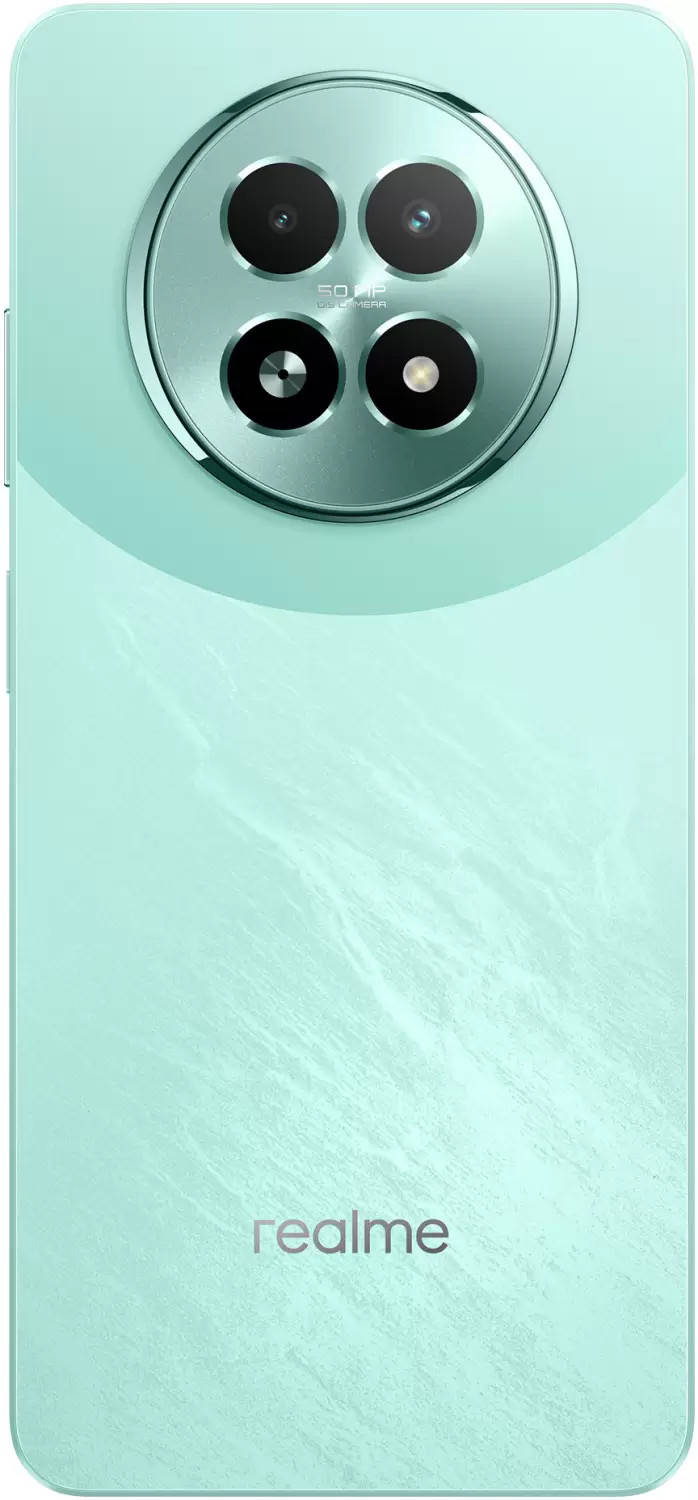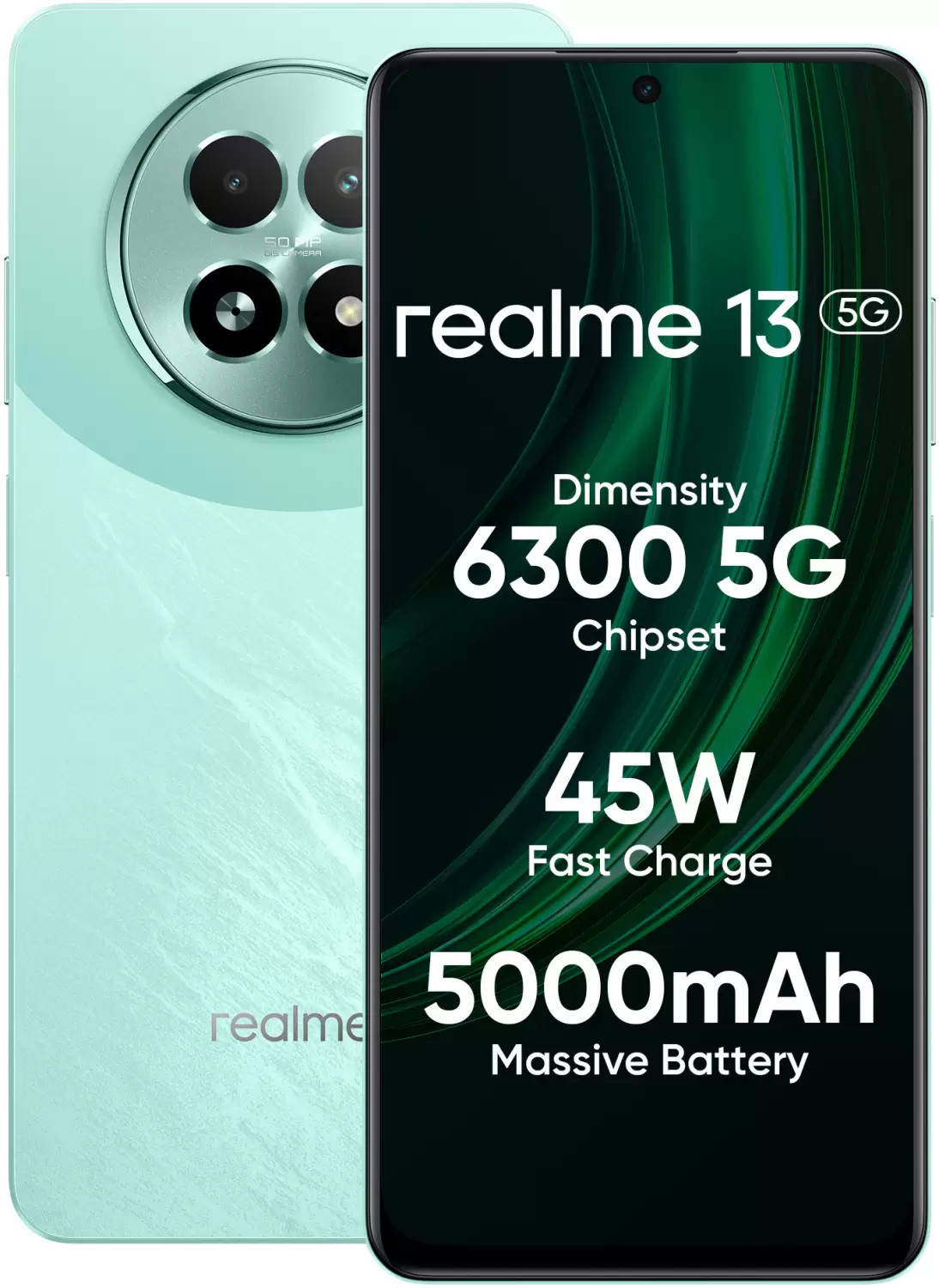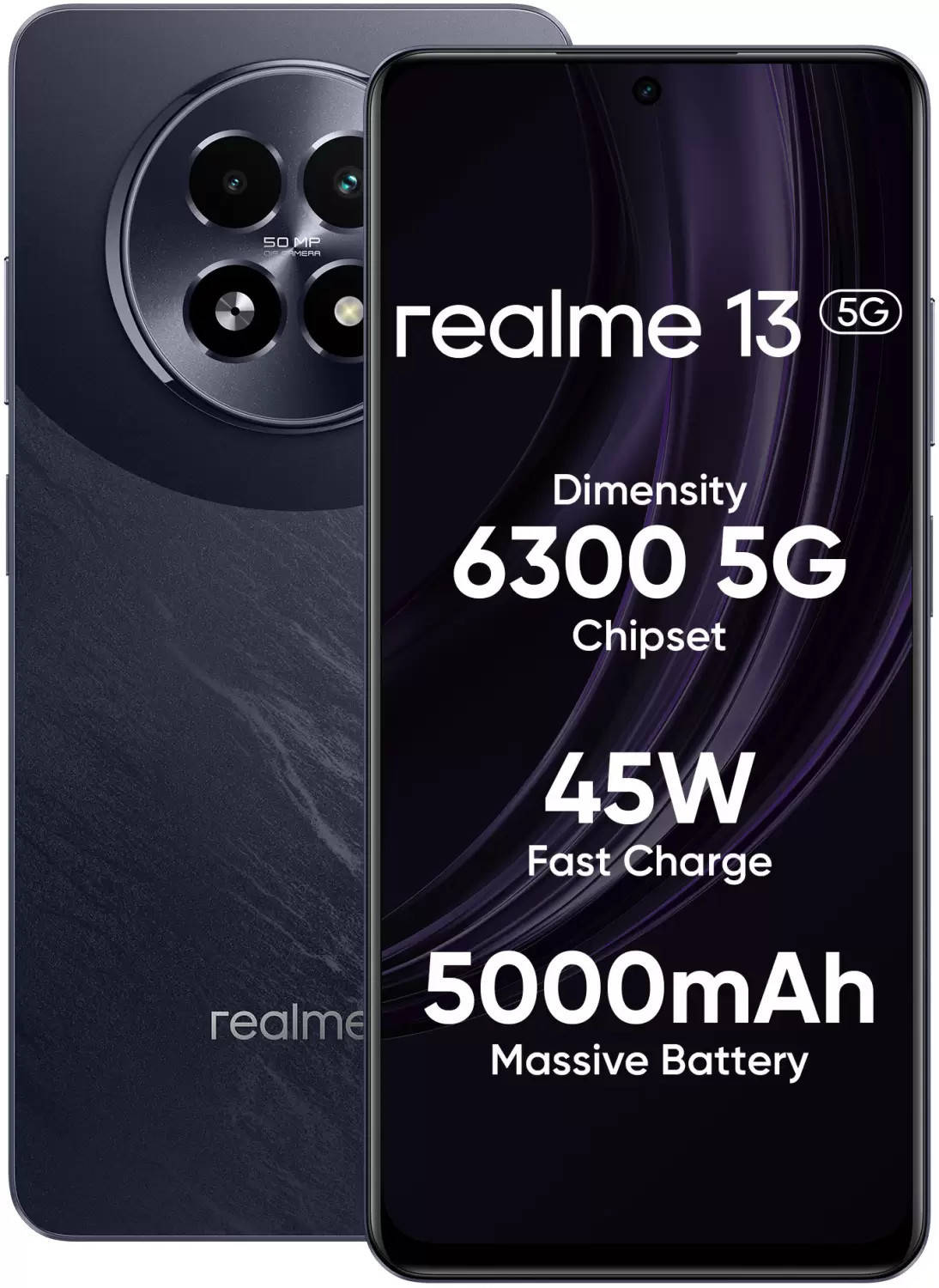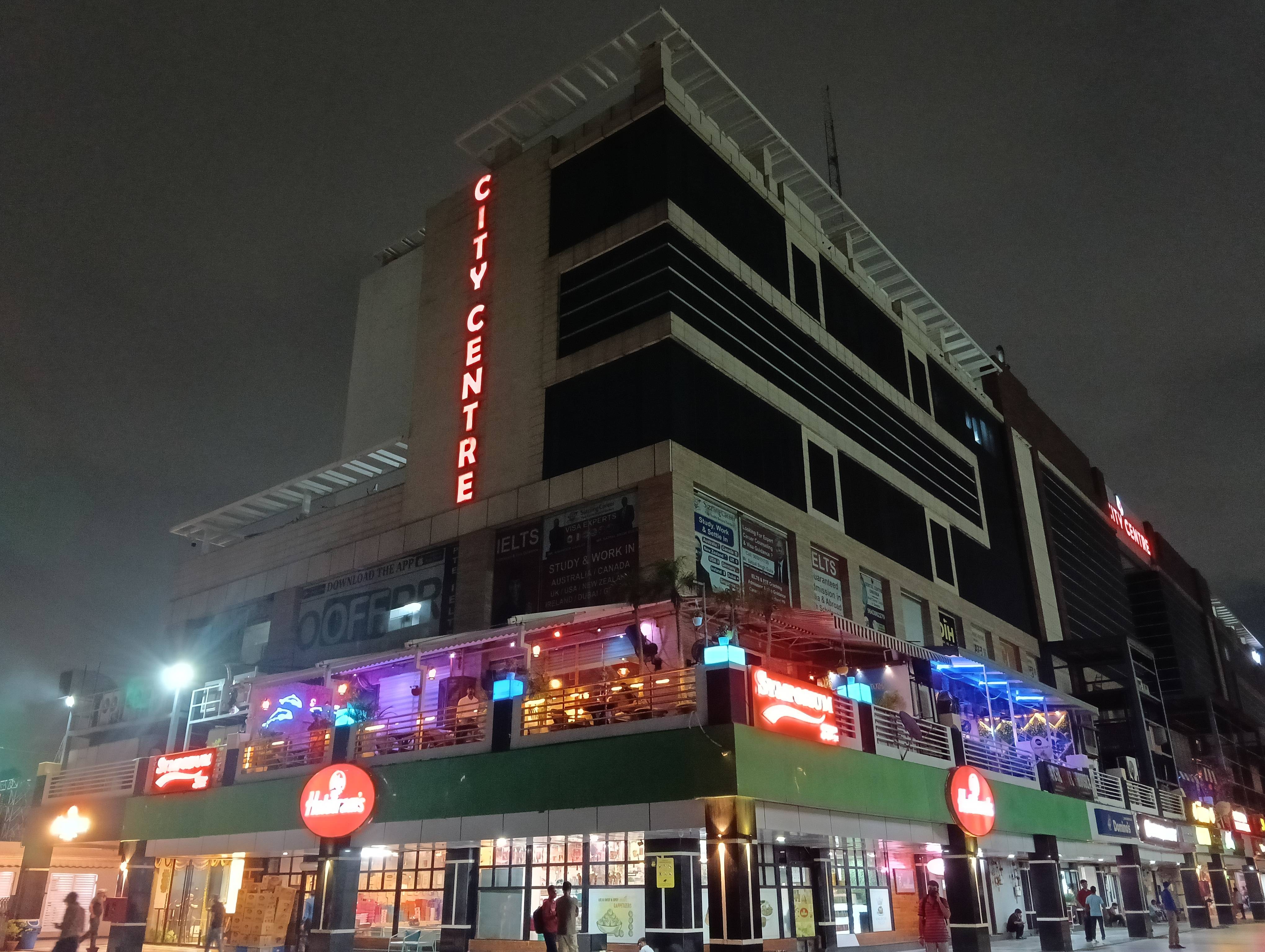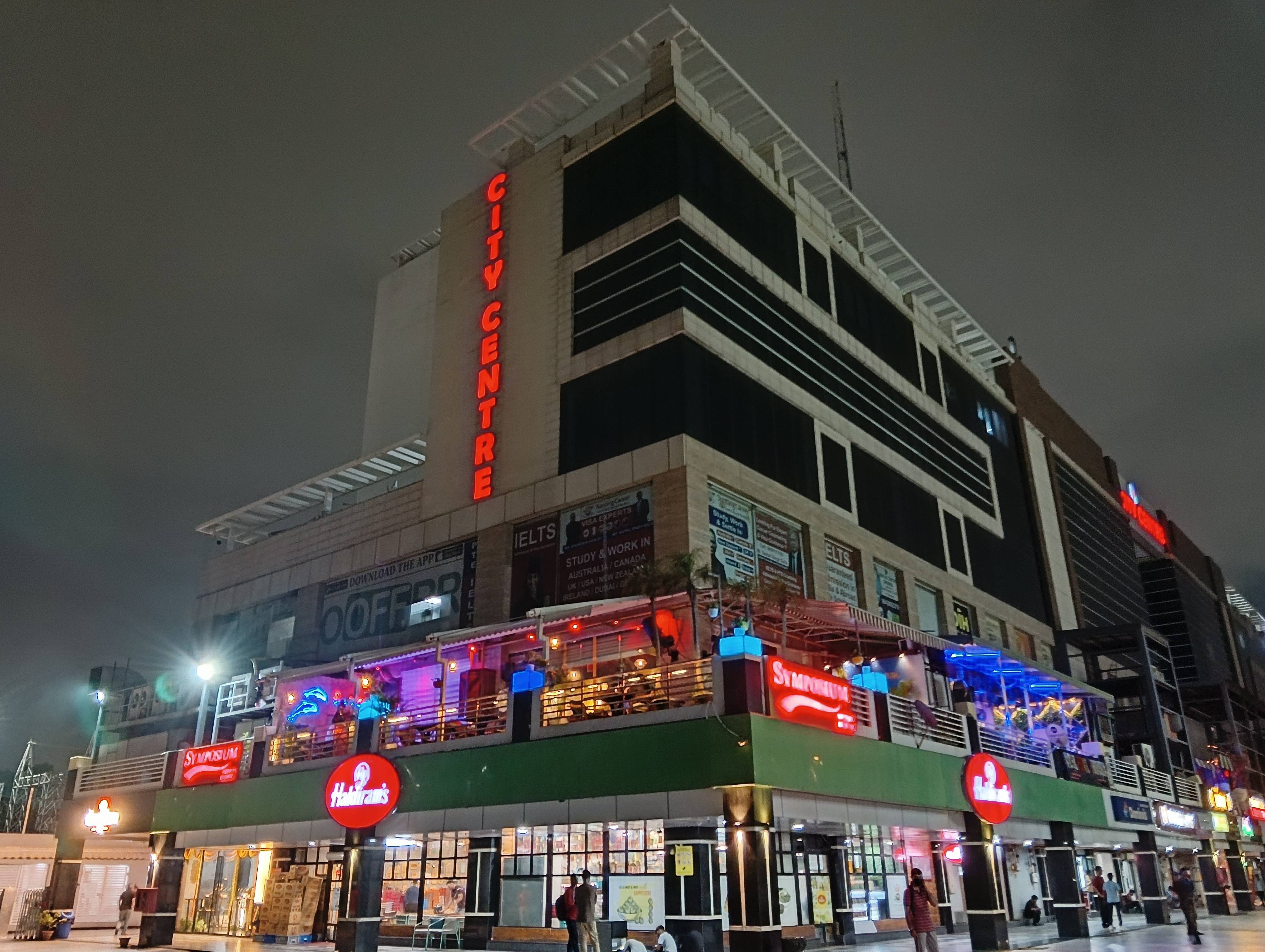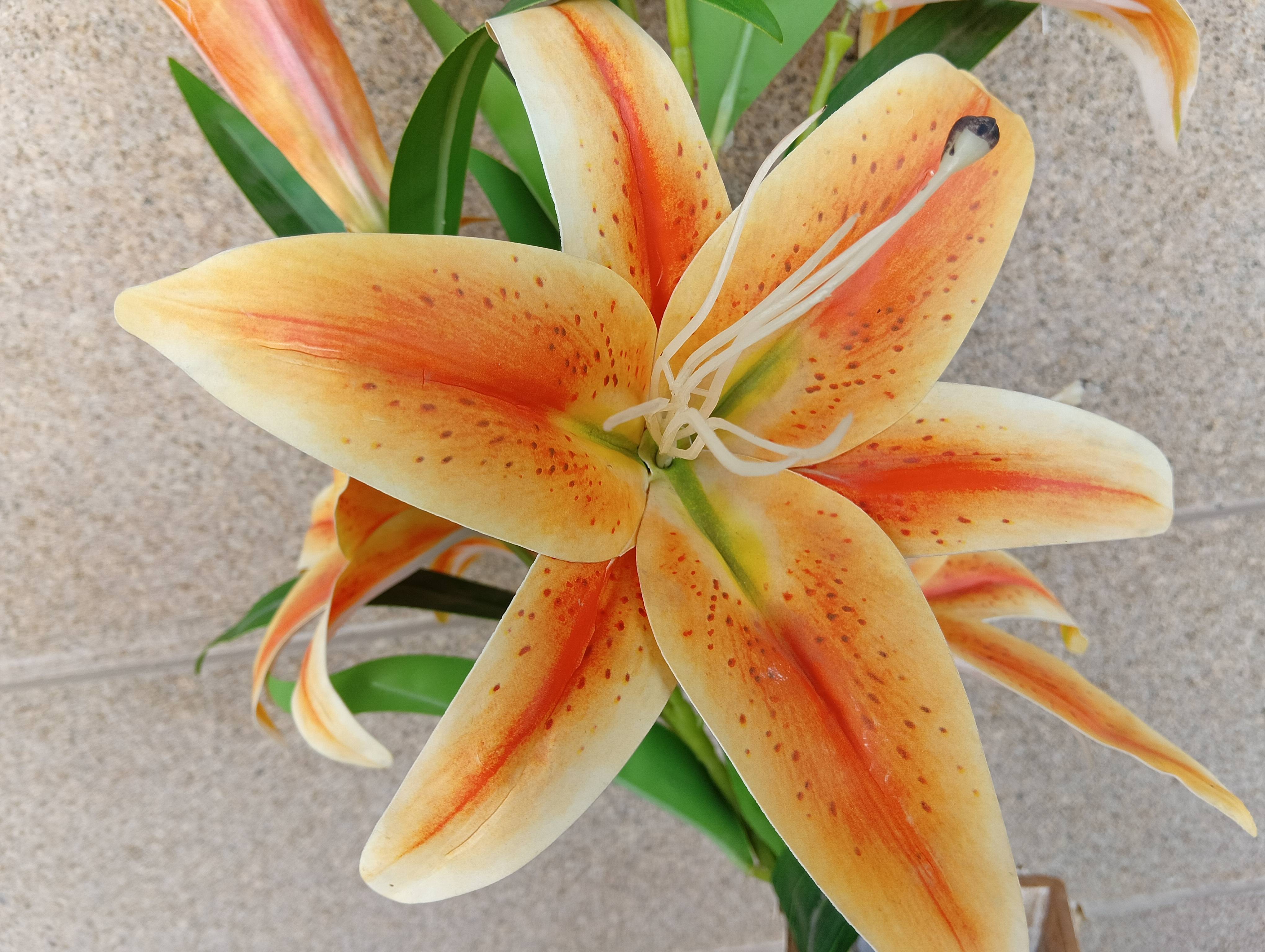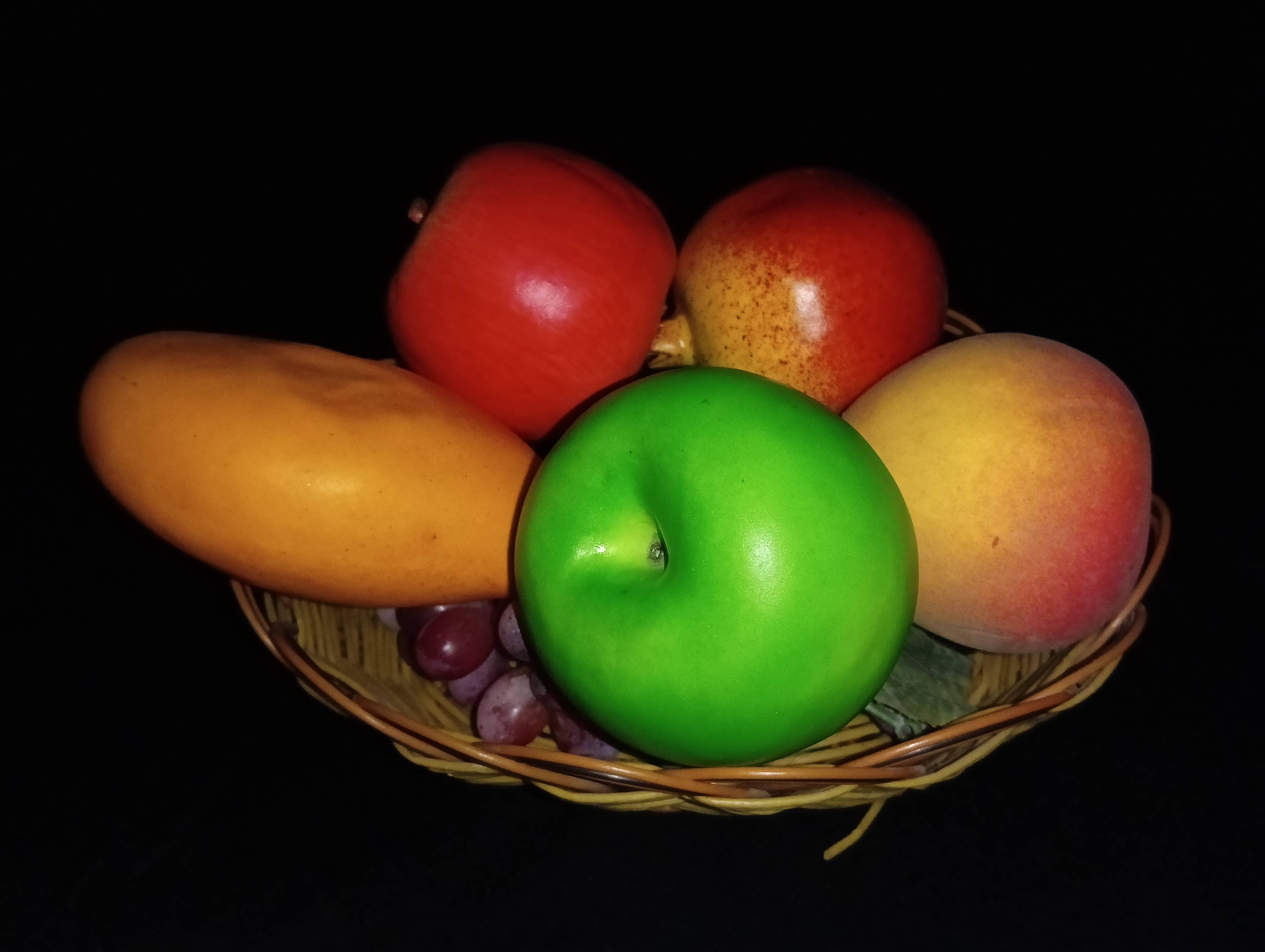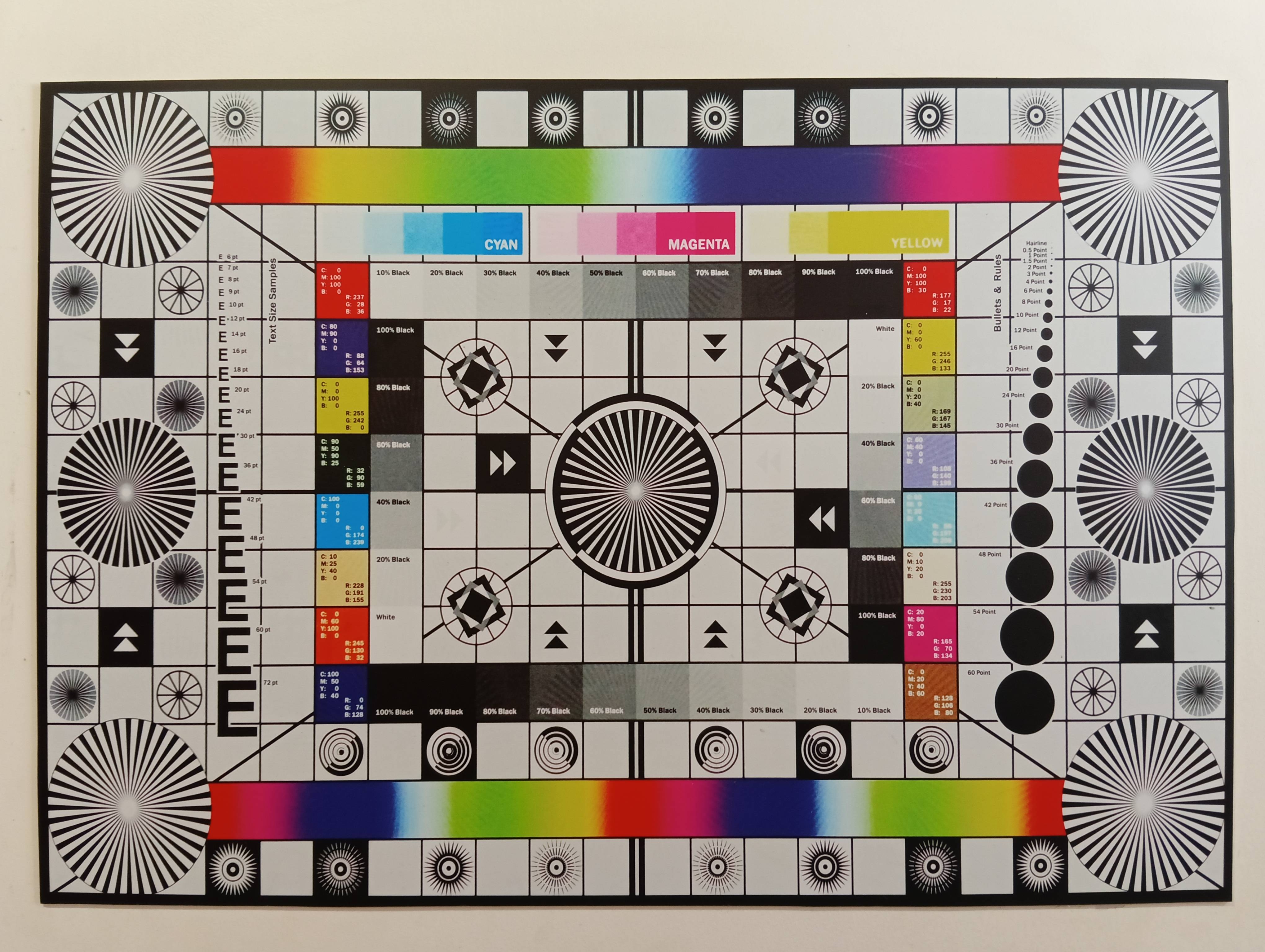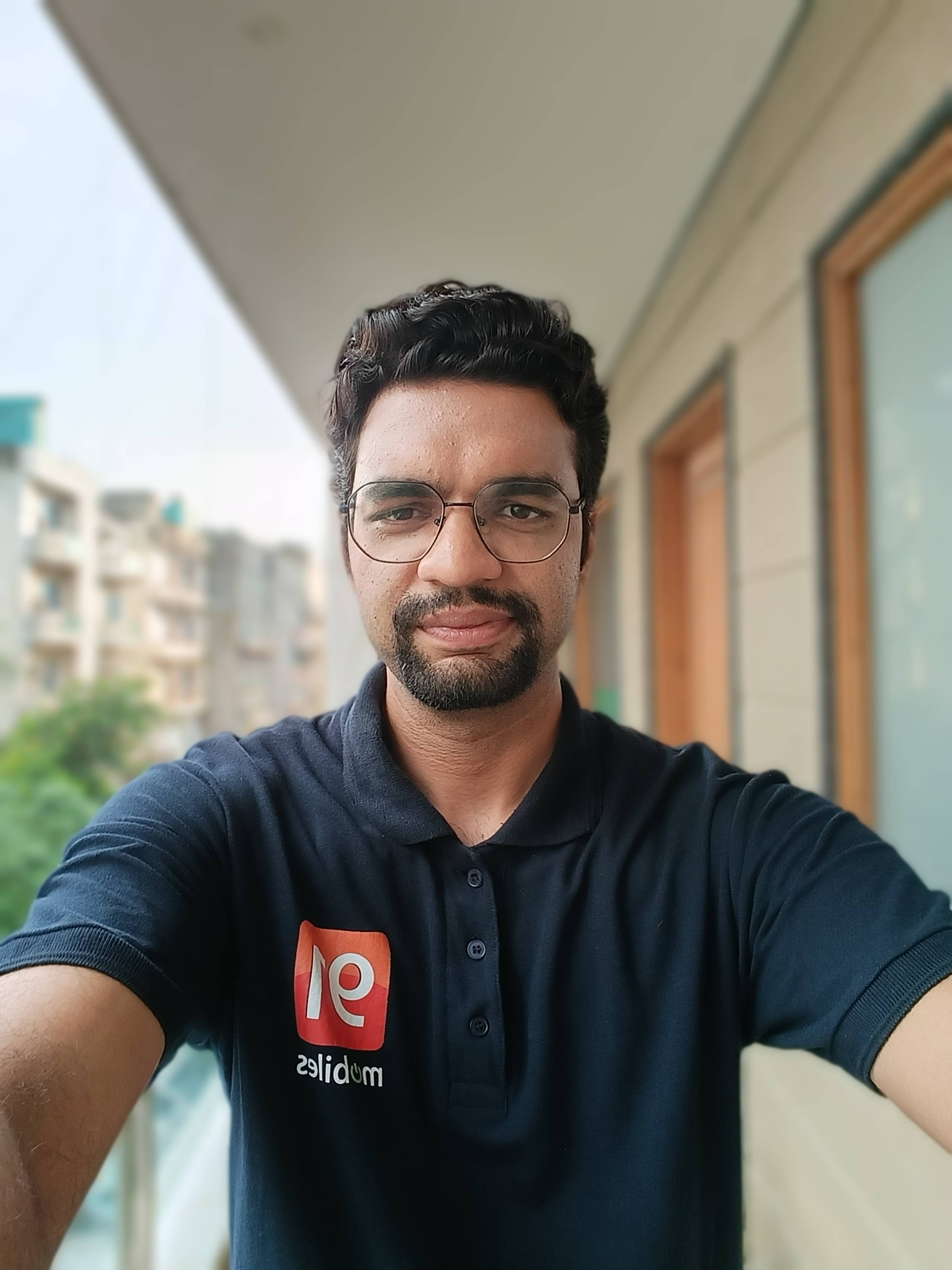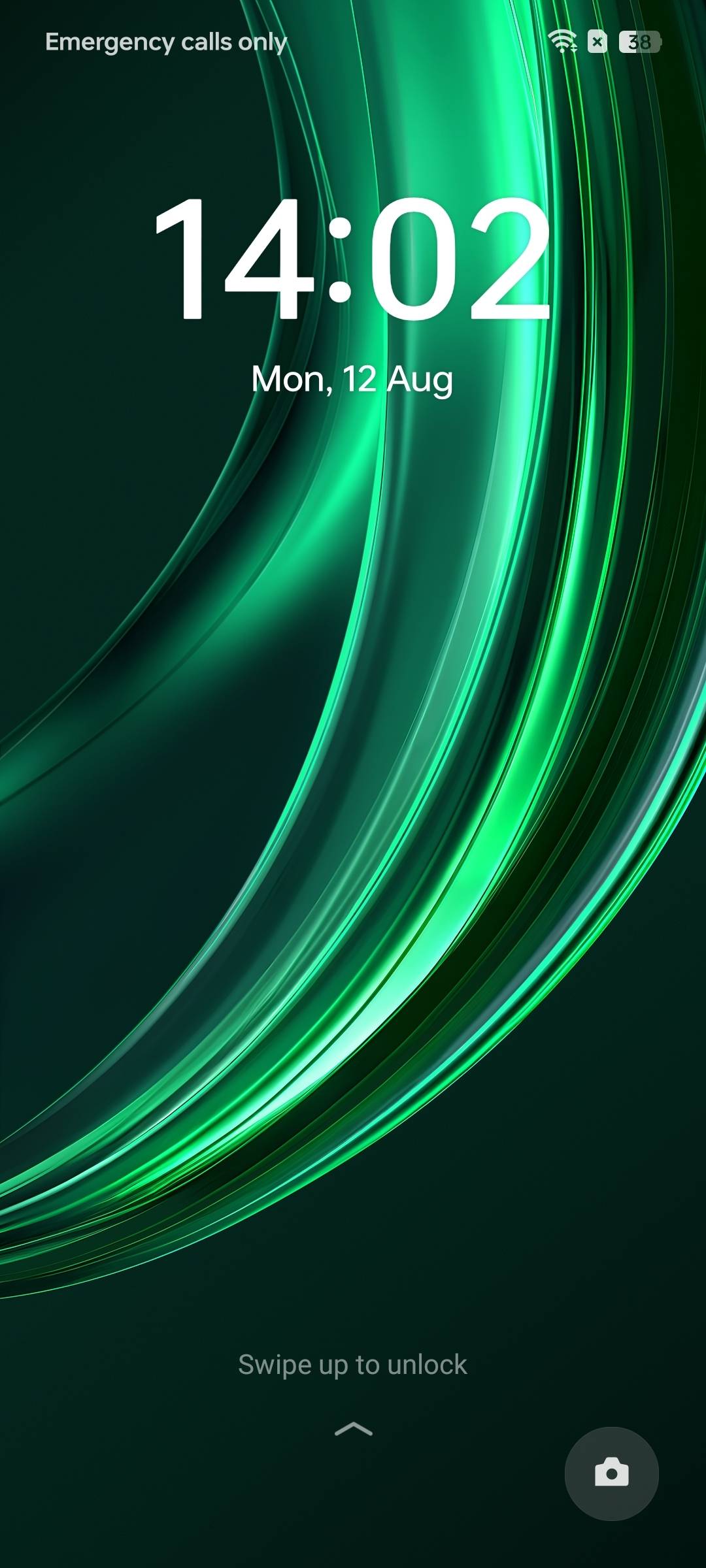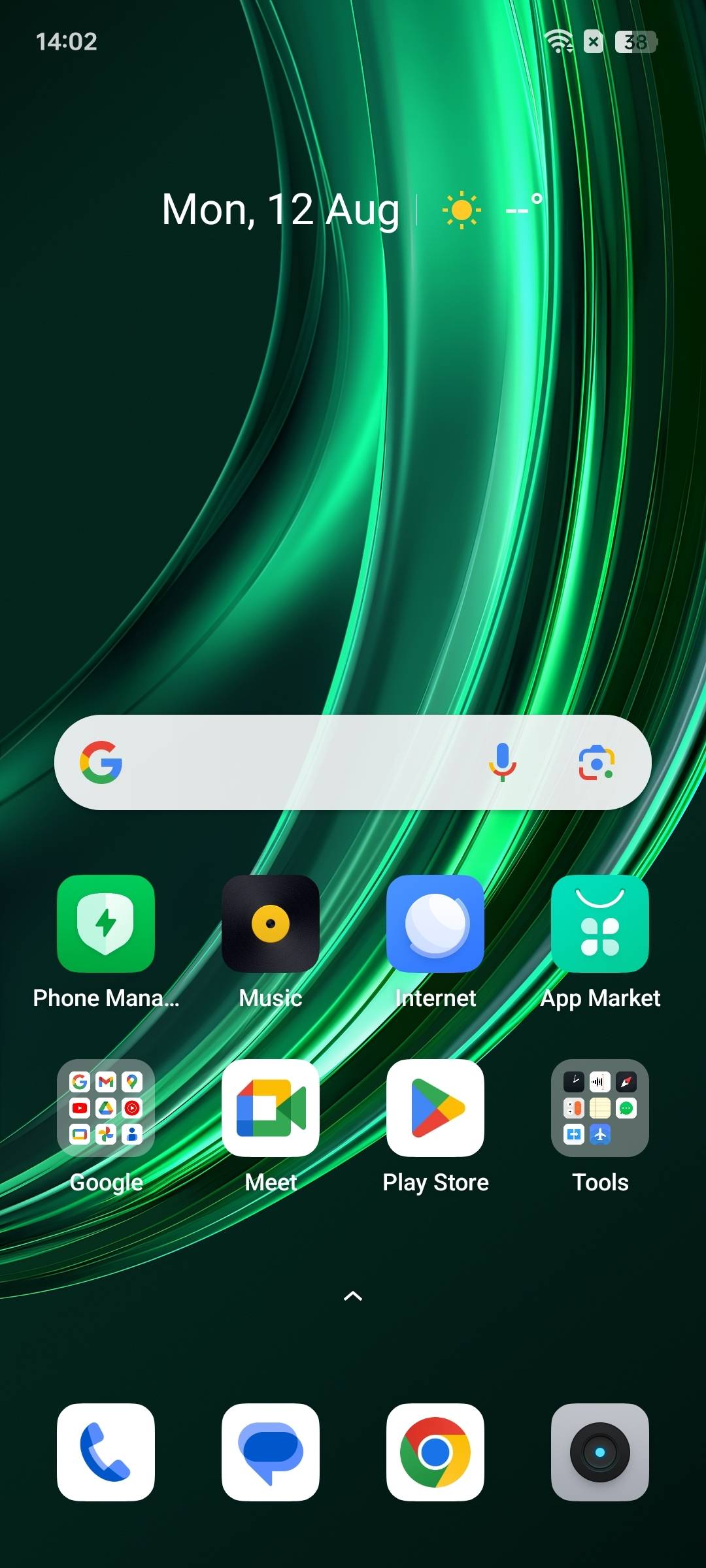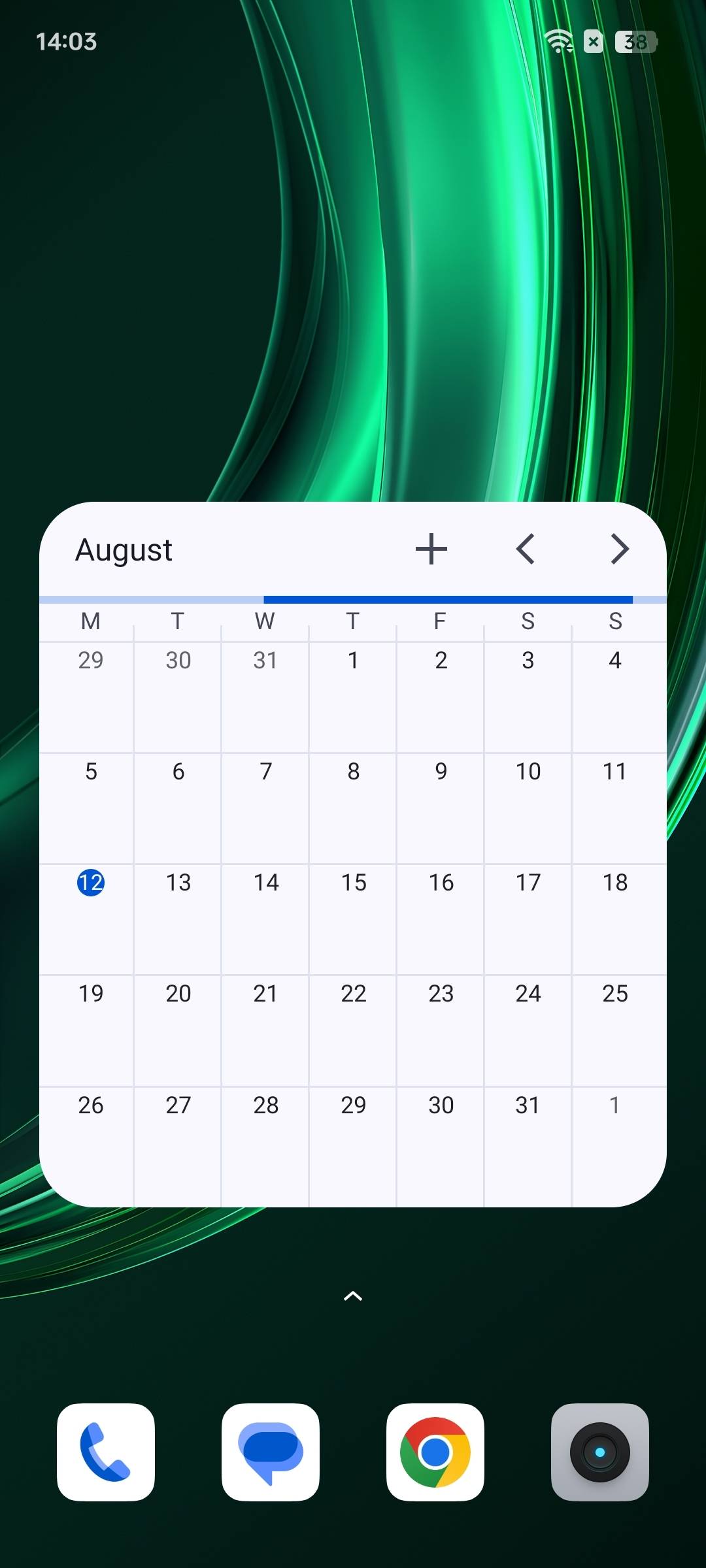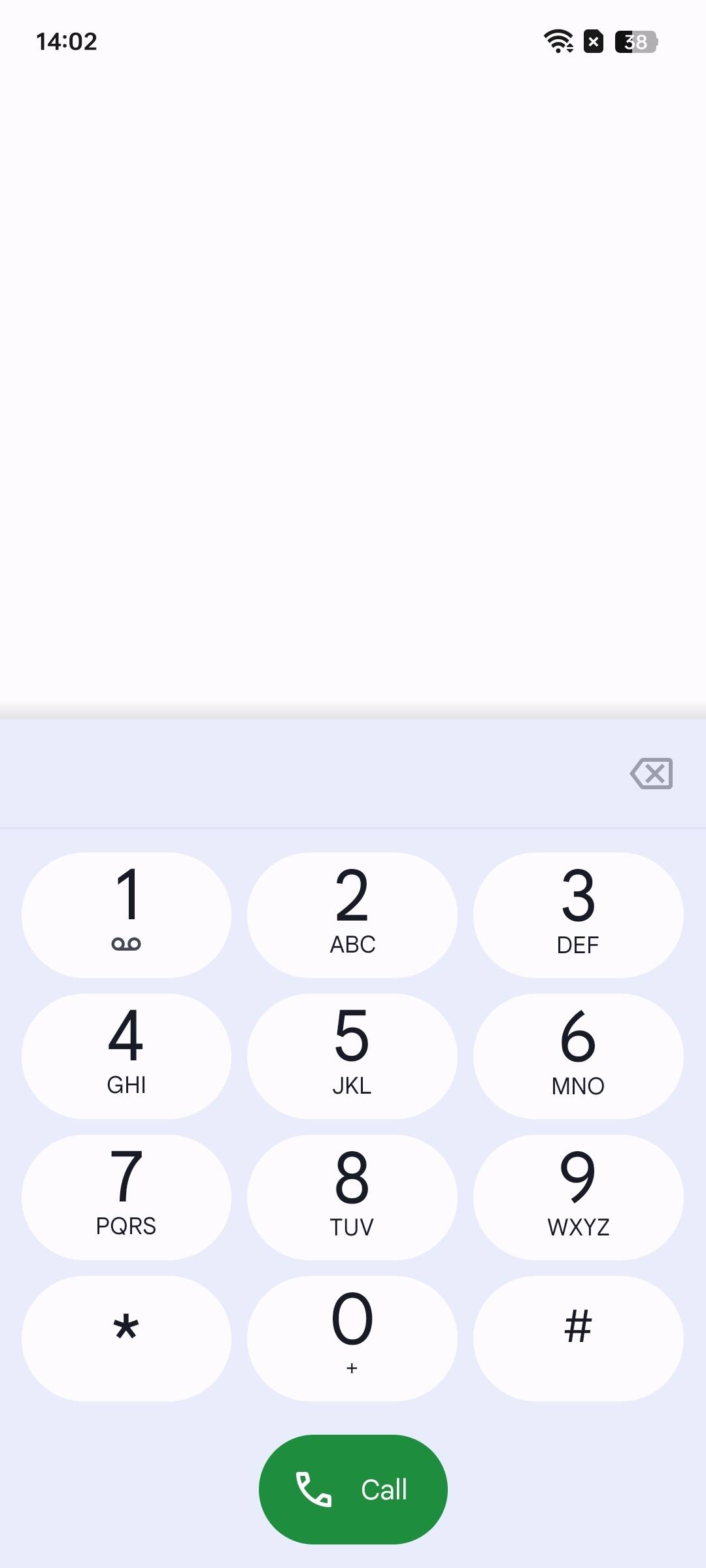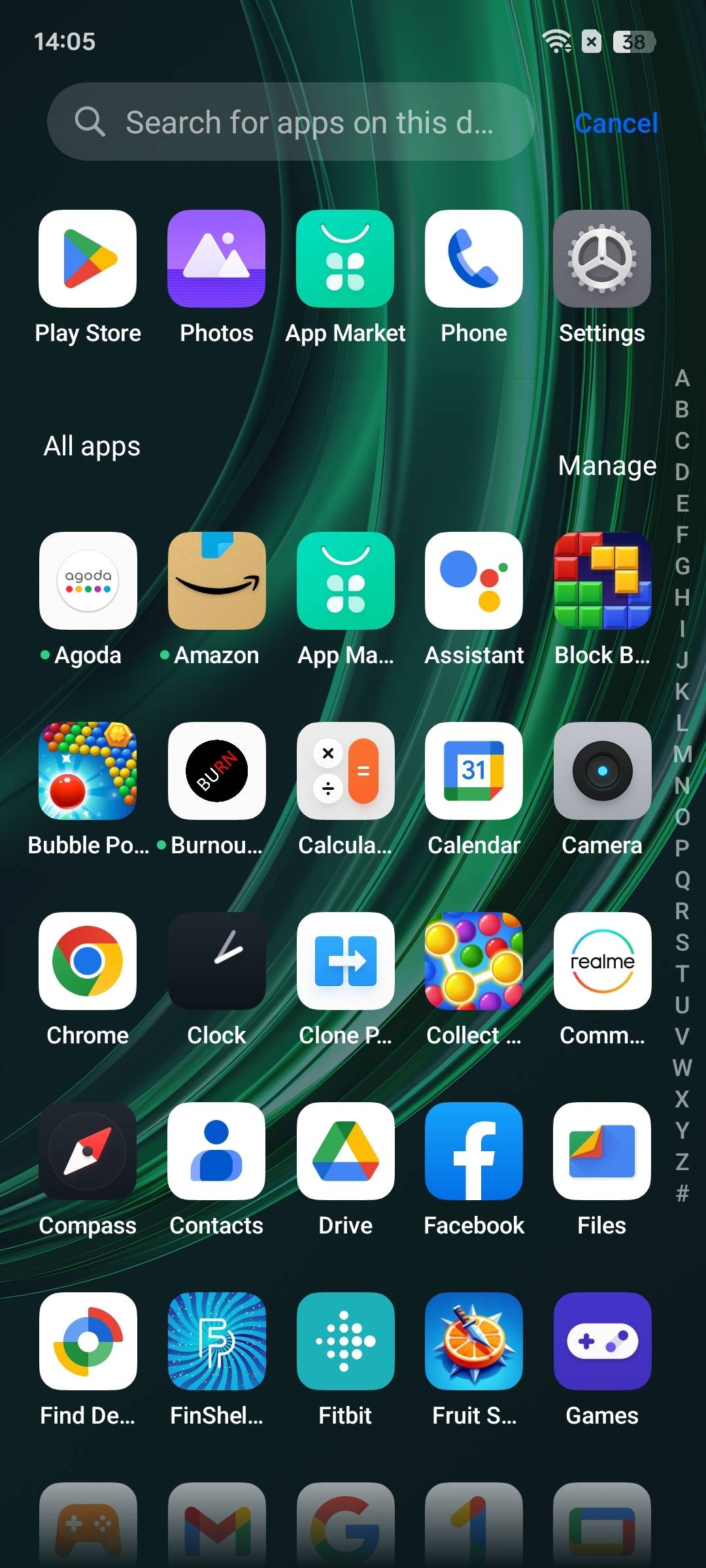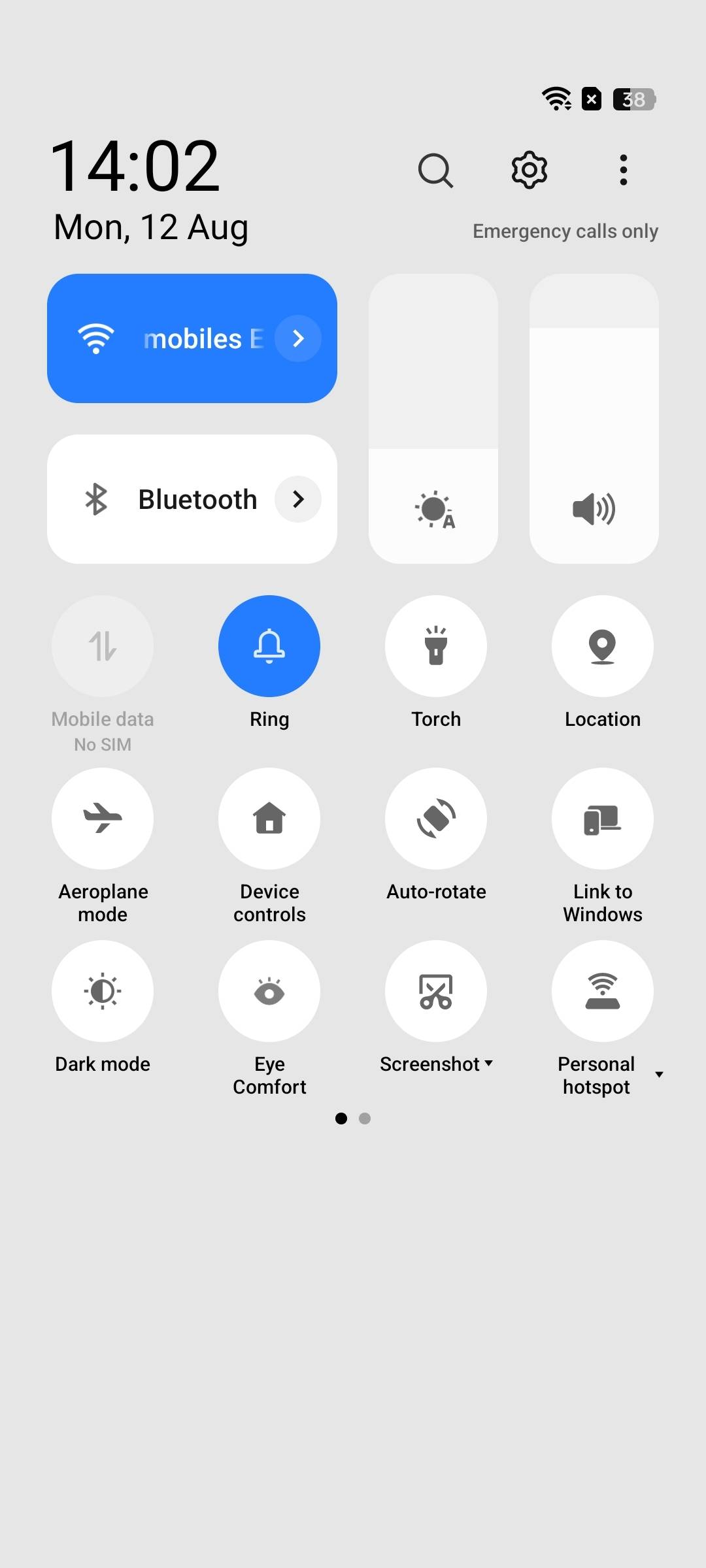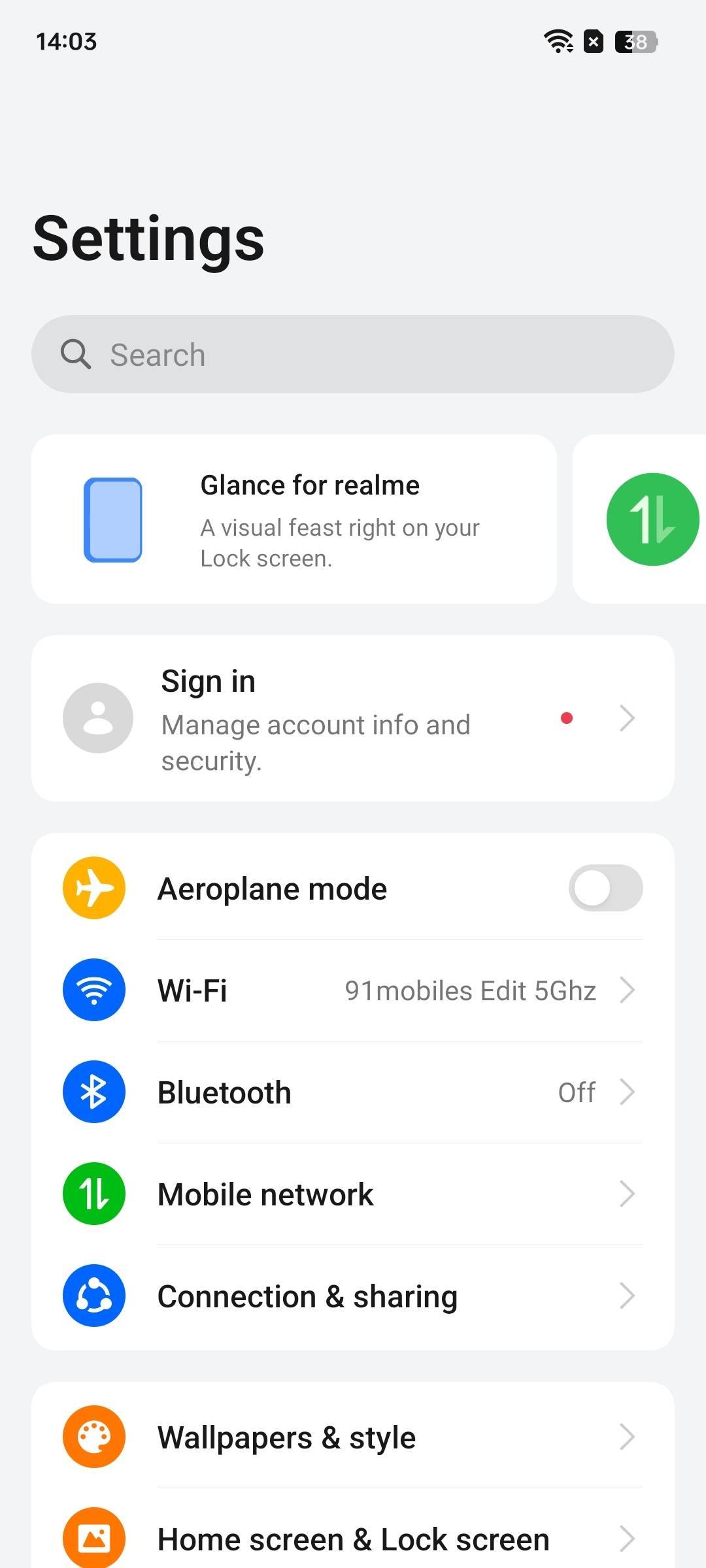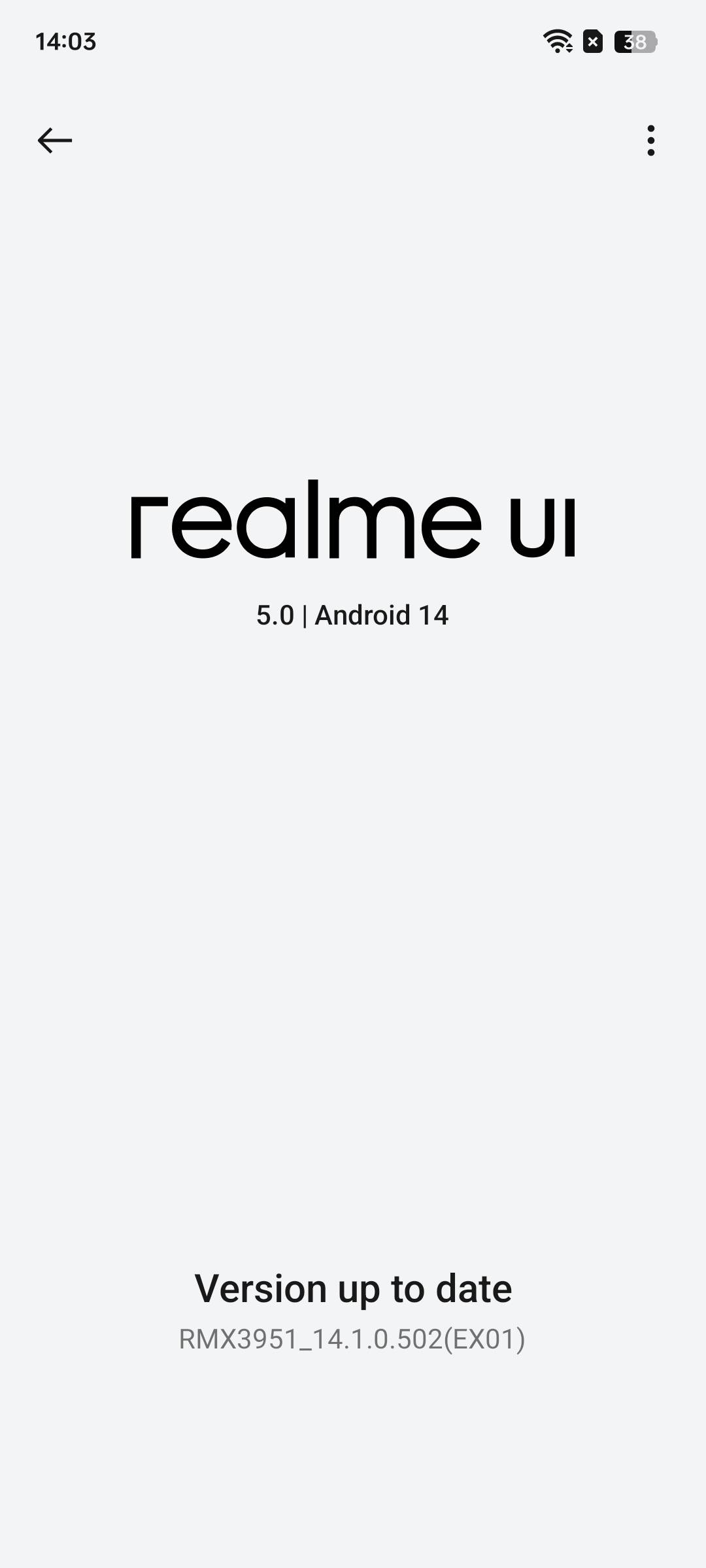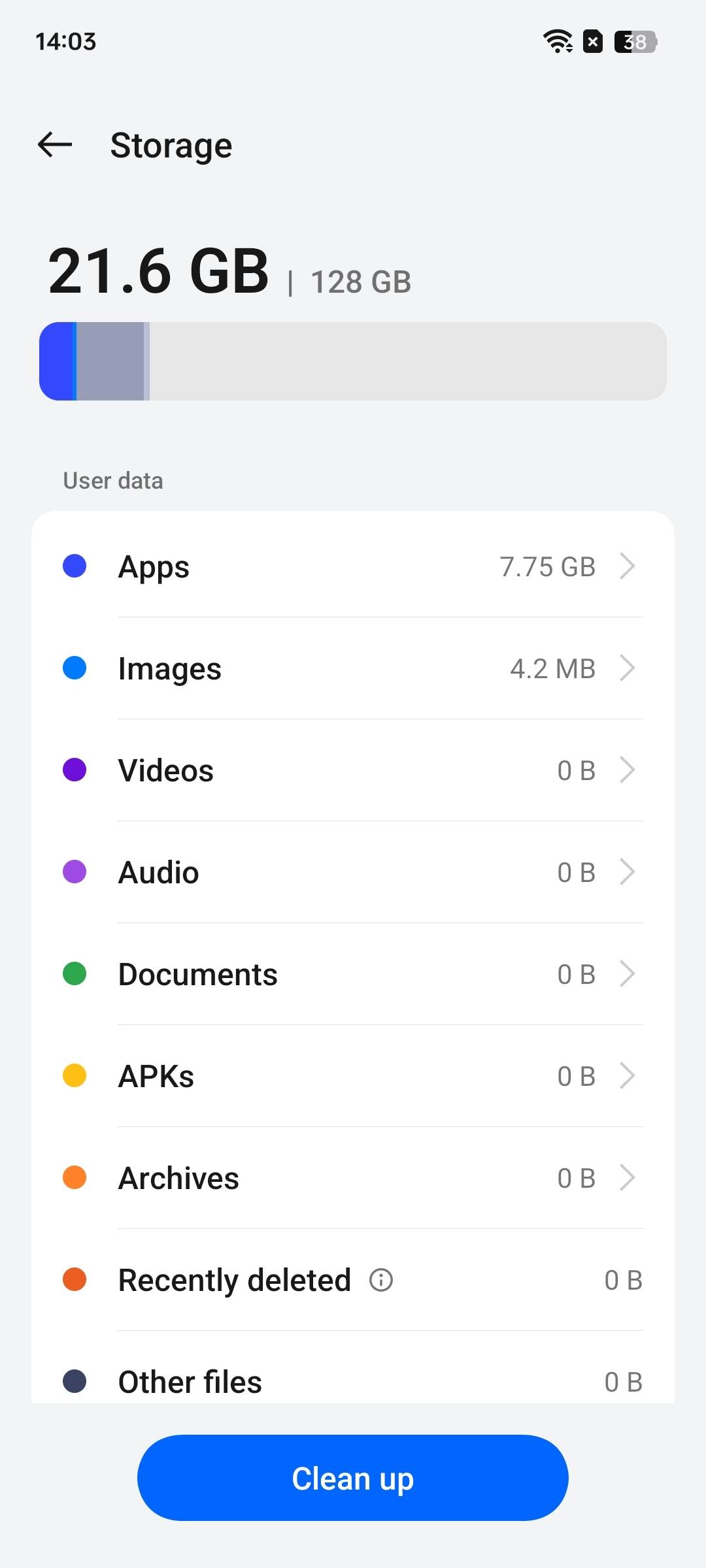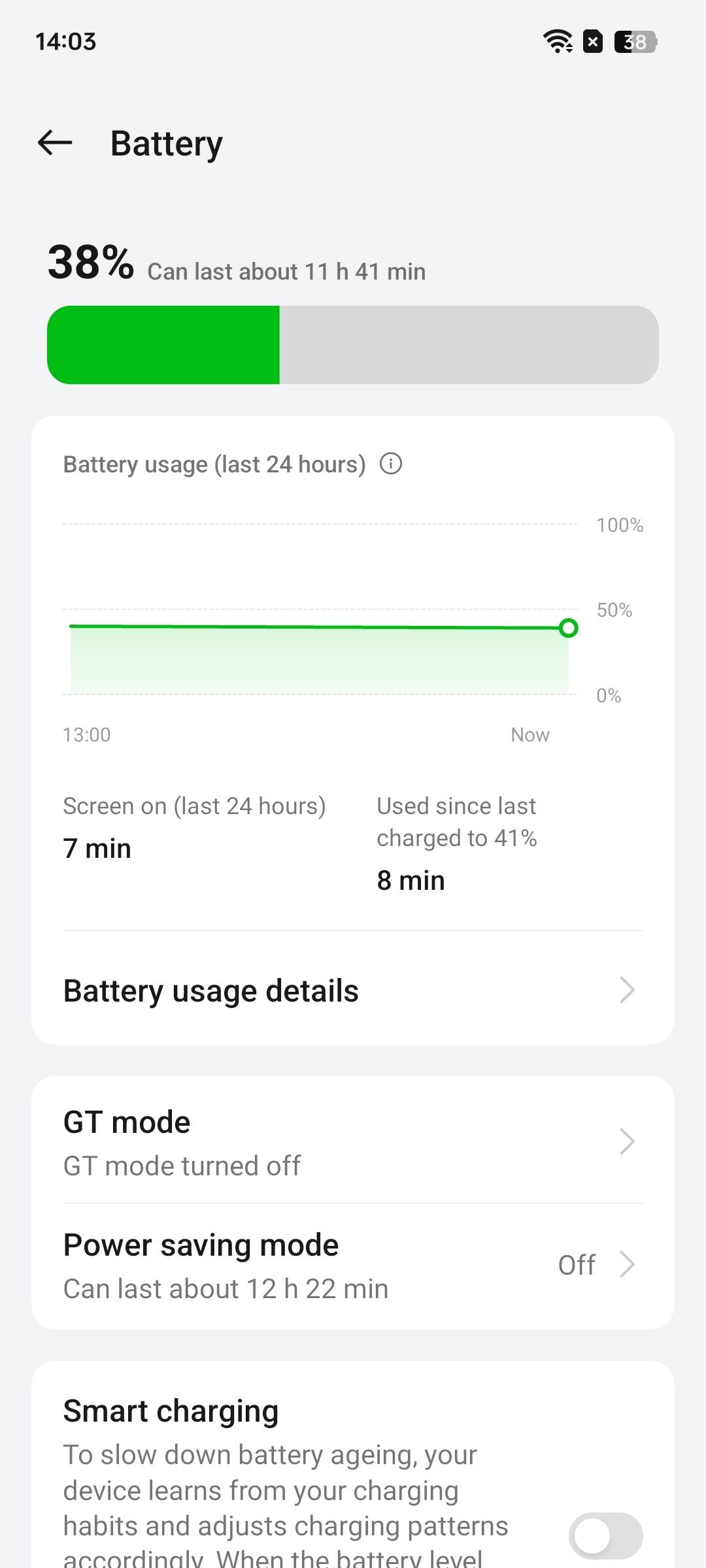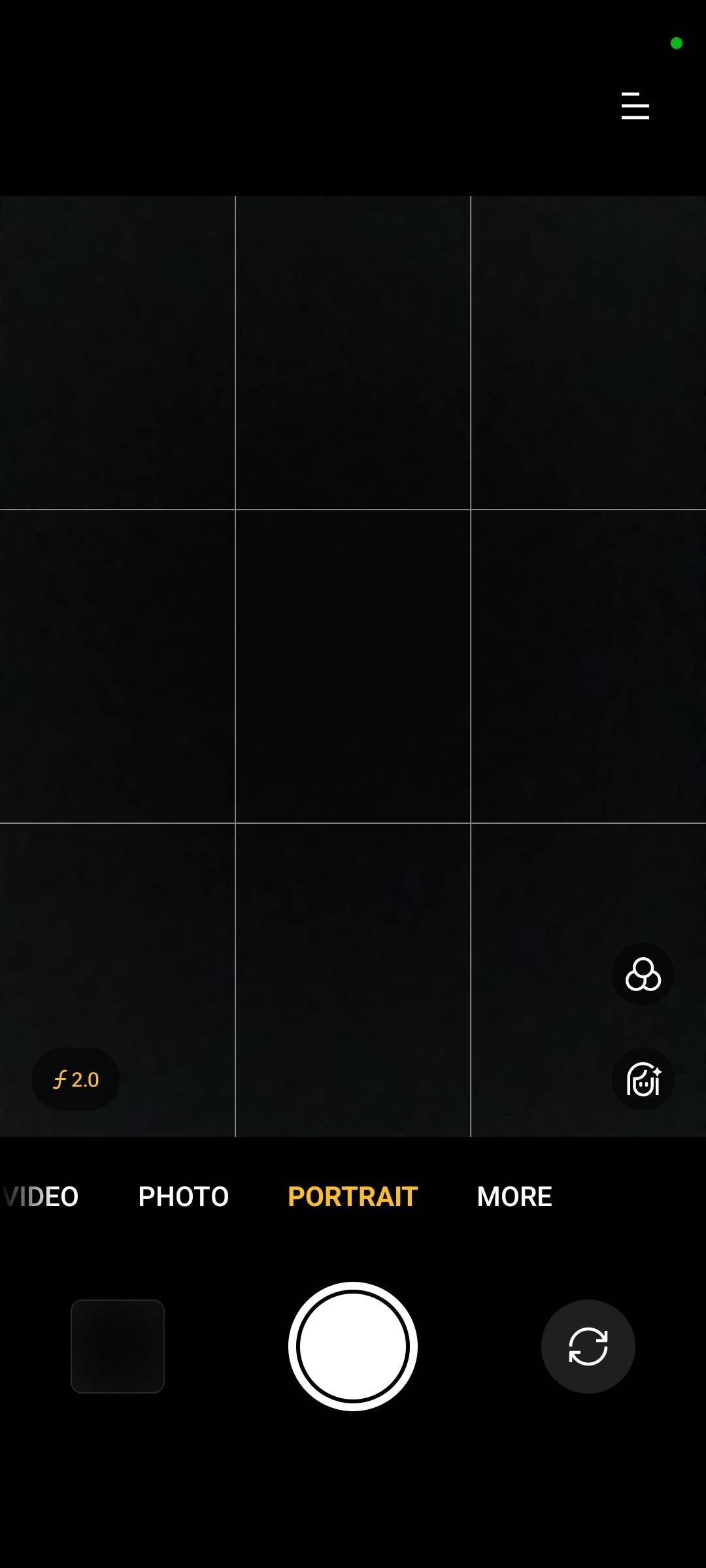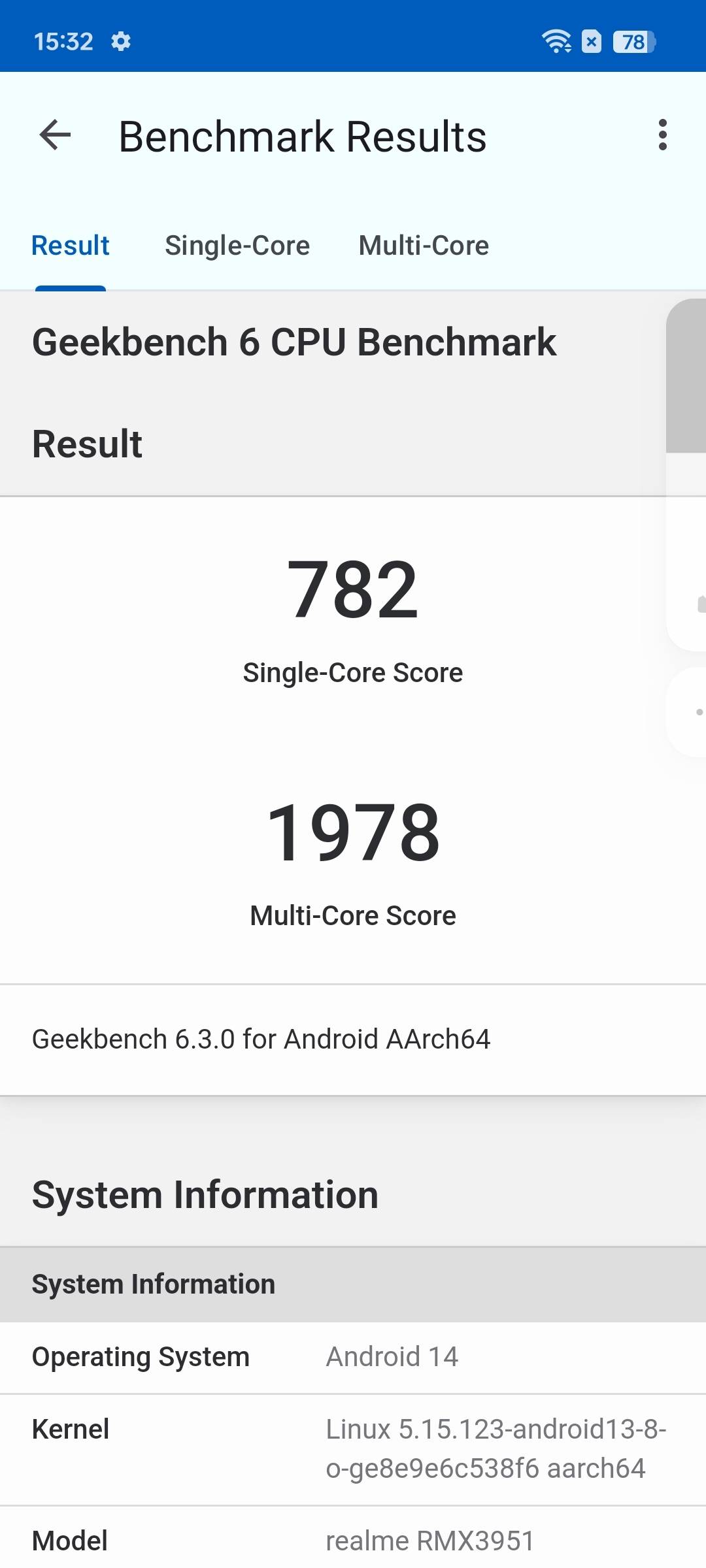
The Redmi Note 14 has officially debuted in India, boasting a versatile triple rear camera system. The setup is headlined by a 50MP Sony LYT-600 camera with OIS support, accompanied by an 8MP ultra-wide lens for landscape photography and a 2MP macro shooter for detailed close-ups. The front includes a 20MP camera for selfies and video calls.
In this article, we put the Redmi Note 14 through its paces, capturing images across diverse scenarios and pitting it against competitors like the iQOO Z9s (review) and the Realme 13 (review). All photos were taken using the smartphones’ default settings and evaluated on key aspects such as colour accuracy, sharpness, dynamic range, and more. Read on to see how it fared.
Table of Contents
Verdict
The Redmi Note 14 appears as a strong contender for its price. The handset outshines the competitors with a versatile and dependable camera system, although it does not offer the desired results in certain conditions. Be that as it may, its overall performance makes it a worthy option for photography enthusiasts on a budget.
Pros
- Versatile camera setup with an ultra-wide lens
- Good colour accuracy in most scenarios
- Accurate skin tones for selfies & portraits
Cons
- Struggles with dynamic range
- Bokeh effect can appear unnatural
Redmi Note 14 camera review at a glance:
| Scenario | Result |
| Daylight | Redmi Note 14 (6.9/10) Realme 13 (6.5/10) iQOO Z9s (7/10) |
| Portrait | Redmi Note 14 (7/10) Realme 13 (6.6/10) iQOO Z9s (6.7/10) |
| Selfie | Redmi Note 14 (6.5/10) Realme 13 (6.5/10) iQOO Z9s 6/10) |
| Low-light | Redmi Note 14 (6.8/10) Realme 13 (6.3/10) iQOO Z9s (6.6/10) |
| Night mode | Redmi Note 14 (6.7/10) Realme 13 (6.8/10) iQOO Z9s (6.3/10) |
Daylight
Redmi Note 14 vs Realme 13


The Redmi Note 14 and Realme 13 both produce comparable images with their respective 50MP primary cameras. However, the Realme smartphone leans towards cooler tones and offers superior dynamic range, while the Redmi Note 14 delivers brighter images with warmer tones and accurate sky colours.
Redmi Note 14 vs iQOO Z9s


The Redmi Note 14 excels at accurately capturing the colour of the sky compared to the iQOO Z9s but falls short in reproducing the true shade of the red building in the background. The former also struggles with overall sharpness. In contrast, the iQOO Z9s delivers more satisfying results, maintaining consistent focus across the frame.
Portrait
Redmi Note 14 vs Realme 13


The Redmi Note 14 outperforms the Realme 13 in capturing finer facial details and more accurate skin tones. Both smartphones produce a bokeh effect that feels artificial rather than natural. In terms of edge detection, while neither phone is flawless, the Redmi Note 14 performs slightly better.
Redmi Note 14 vs iQOO Z9s


Against the iQOO Z9s, the Redmi Note 14 struggles to achieve a natural depth of field but performs well in other aspects. The iQOO Z9s, on the other hand, produces portraits with disappointing facial details and washed-out skin tones.
Selfie
Redmi Note 14 vs Realme 13


The Redmi Note 14 continues to perform well in the selfie department, offering near-accurate skin tones. Its image also appears more aesthetically pleasing as Realme 13’s overplays shadows and contrast. Notably, due to the overcast conditions when the samples were taken, shadows were not prominent on either smartphone.
Redmi Note 14 vs iQOO Z9s


The front camera performance of the iQOO Z9s is underwhelming. Skin tones and facial details often appear unnatural, making it less suitable for selfies. For those prioritising front camera quality, the Redmi Note 14 and Realme 13 are better options.
Low-light
Redmi Note 14 vs Realme 13


The Redmi Note 14 and Realme 13 do a similar job in low-light conditions without night mode. Both capture images with noticeable noise, though it is more pronounced on the Redmi Note 14. This gives the Realme 13 a slight advantage in detail retention after dark. However, the Realme struggles to manage light flares as effectively as the Redmi Note 14, which also stands out with superior colour accuracy.
Redmi Note 14 vs iQOO Z9s


Compared to the iQOO Z9s, the Redmi Note 14 produces images with warm tones rather than cool ones, resulting in better colour accuracy. The iQOO smartphone, on the other hand, excels in capturing finer details and managing light flare. Despite this, the Redmi Note 14 maintains a more realistic appearance, avoiding overexposure in shadowy areas.
Night mode
Redmi Note 14 vs Realme 13


The Realme 13 shows a slight improvement in image quality, with less pronounced light flare and increased sharpness thanks to its night mode for low-light photography. However, the Redmi Note 14 continues to impress, delivering more visually appealing images that balance realism with reduced graininess, enhancing low-light shots compared to its regular mode.
Redmi Note 14 vs iQOO Z9s


The iQOO Z9s manages to control light flare effectively with its night mode but falls short in overall performance. In contrast, the Redmi Note 14 surpasses the iQOO Z9s in nearly every aspect, including detail retention, colour accuracy, noise reduction, and overall image quality.
Final verdict
The Redmi Note 14 offers a well-rounded camera experience for its price, and performs well in both bright and dim conditions. There are some areas where it can use some improvements.
- The competition offers a mix of challenges, with the iQOO Z9s and Realme 13 occasionally outshining it with superior dynamic range and controlled light flare in some scenarios.
- However, the Redmi Note 14 has a notable advantage in the camera setup, which is equipped with a dedicated ultrawide lens – a rarity on devices within the segment.
- Moreover, the smartphone, equipped with a 50MP primary sensor and OIS, excels at capturing sharp, detailed shots across different lighting conditions. Its front camera also impresses with consistently reliable selfies.
| Smartphones | Starting price |
| Redmi Note 14 | Rs 18,999 |
| Realme 13 | Rs 17,999 |
| iQOO Z9s | Rs 19,999 |


